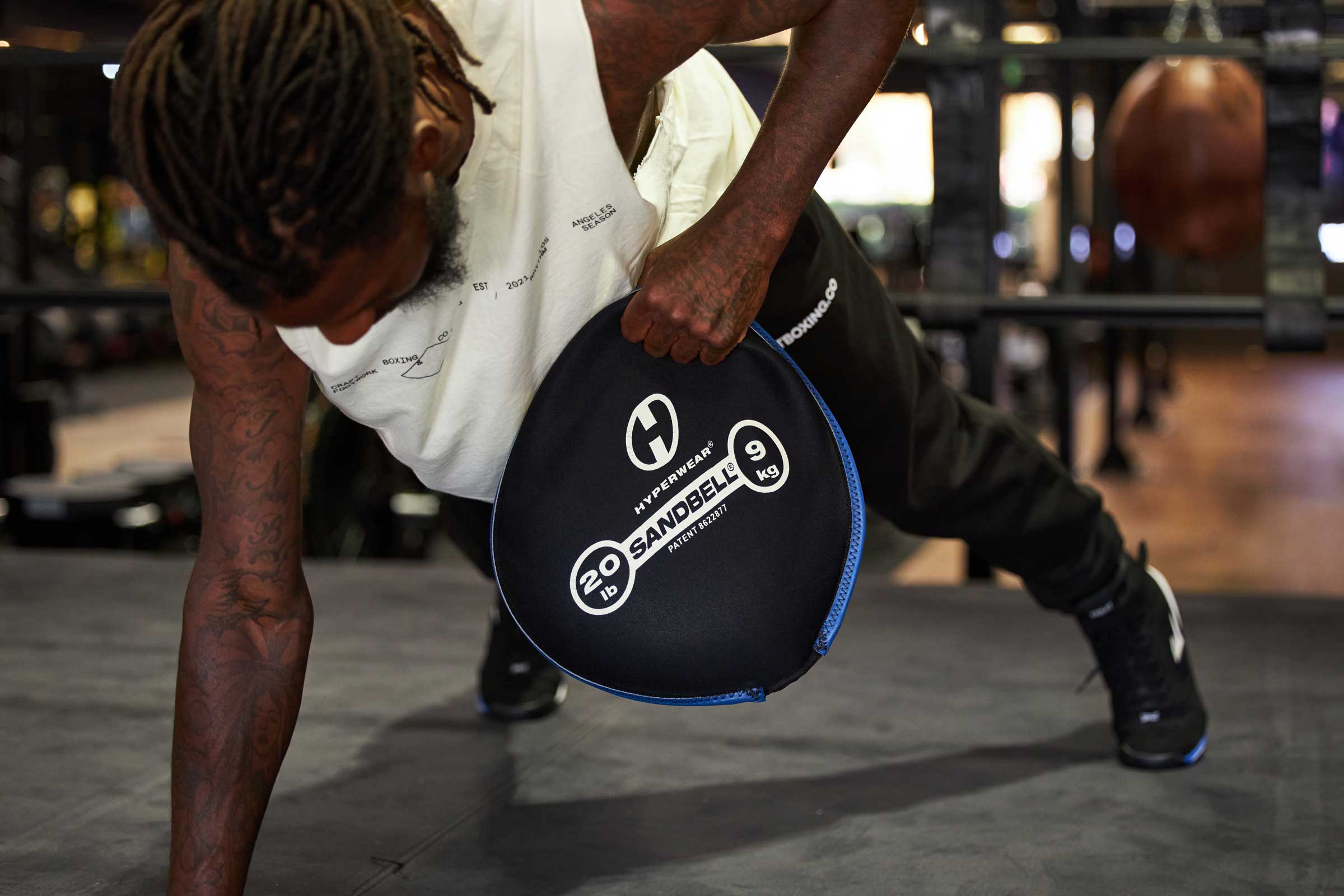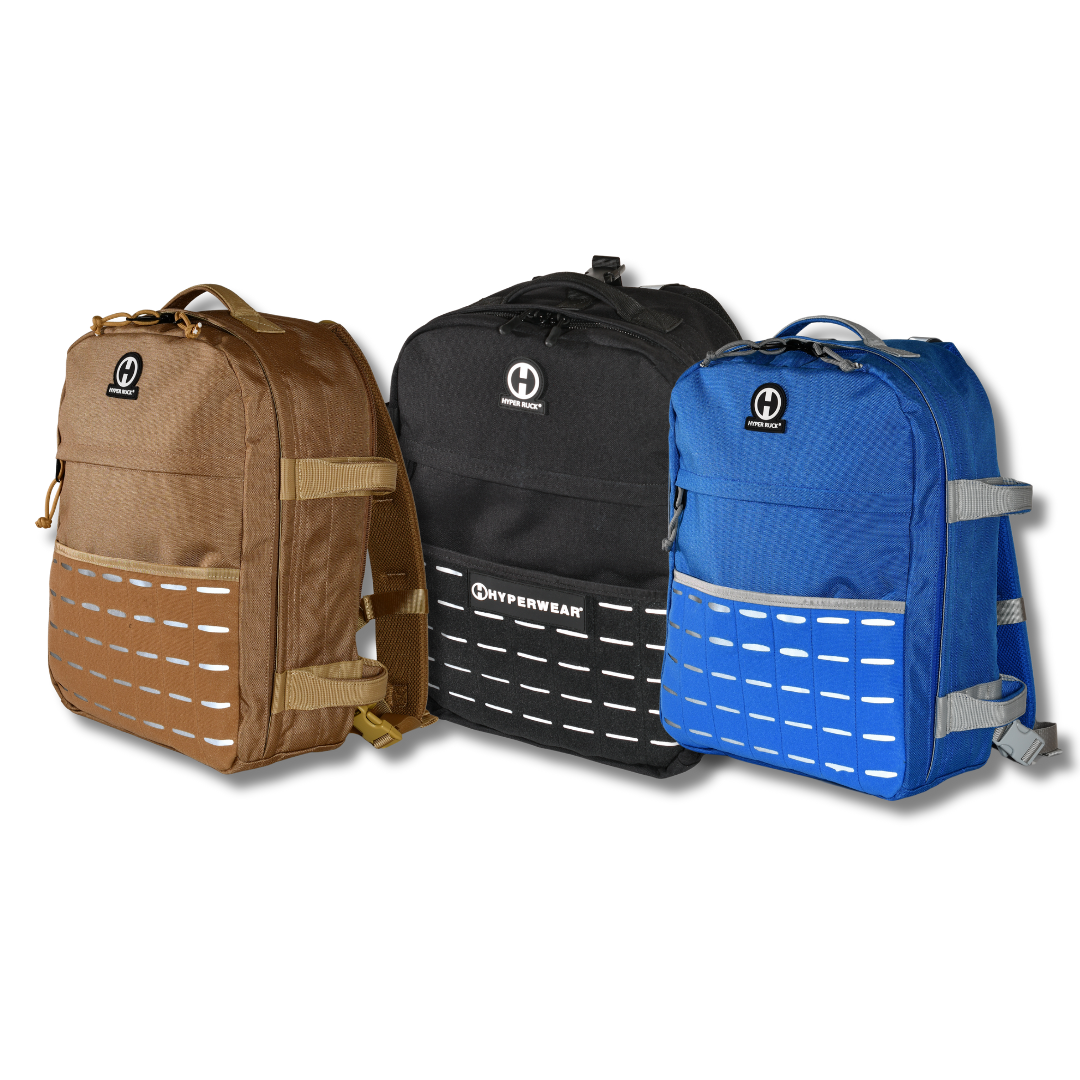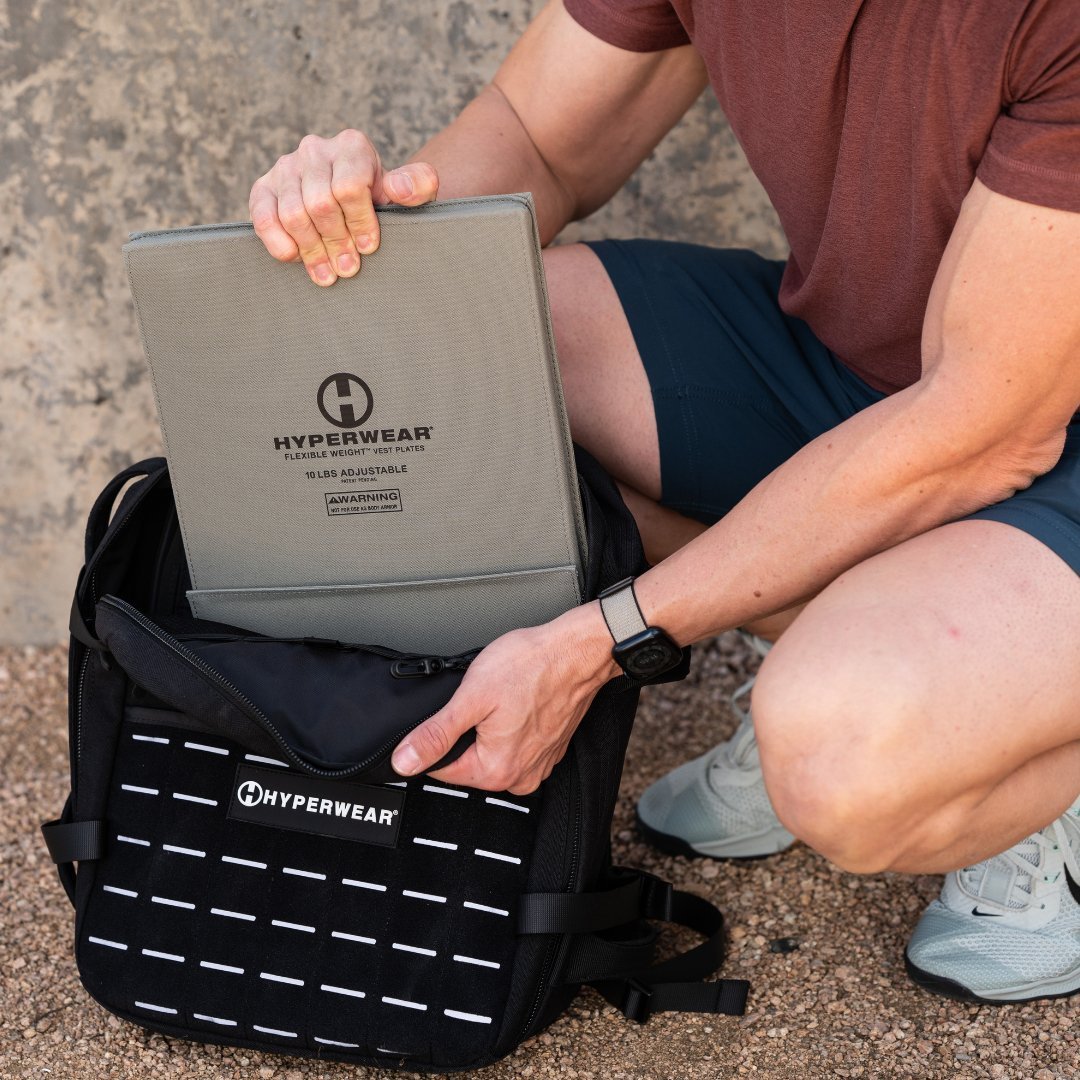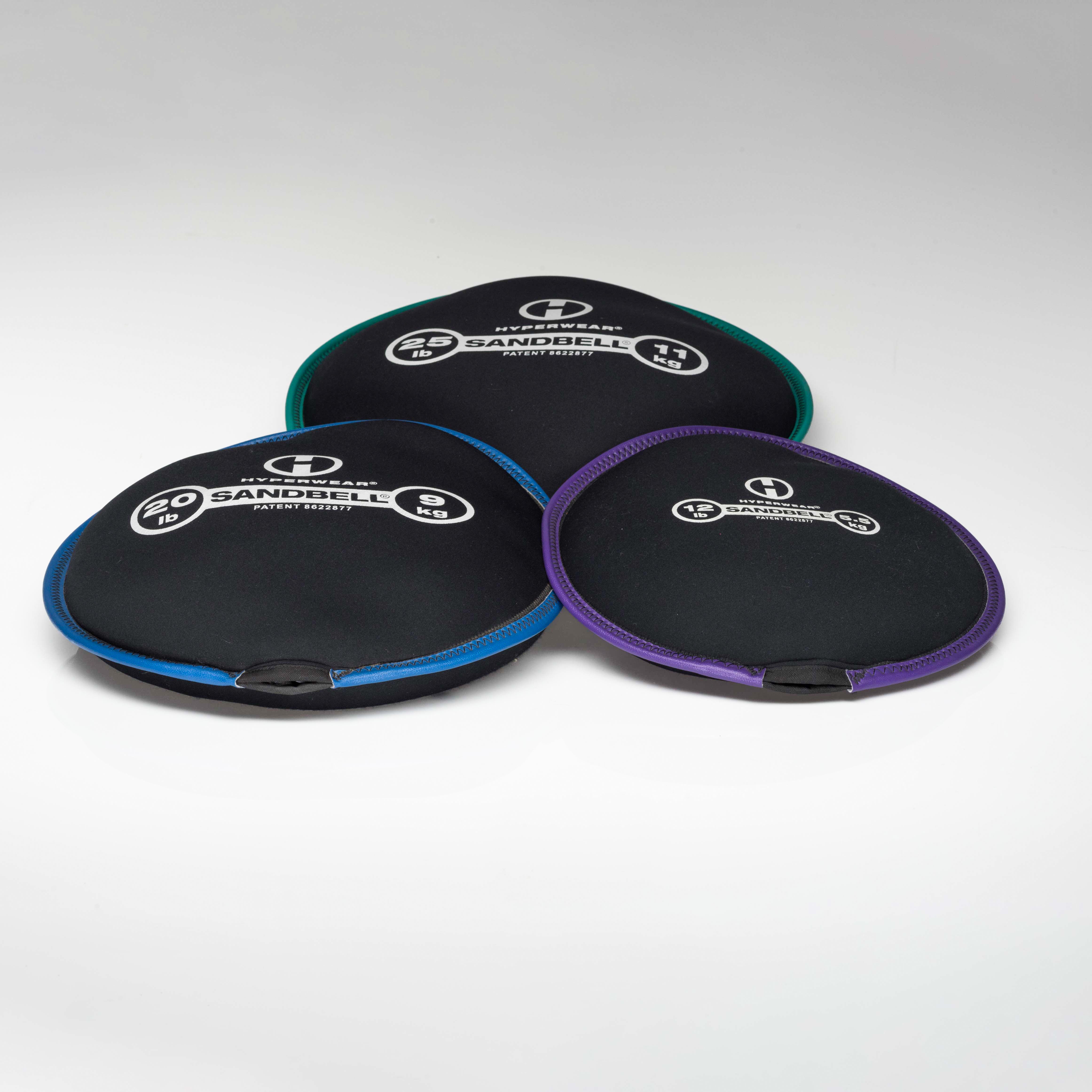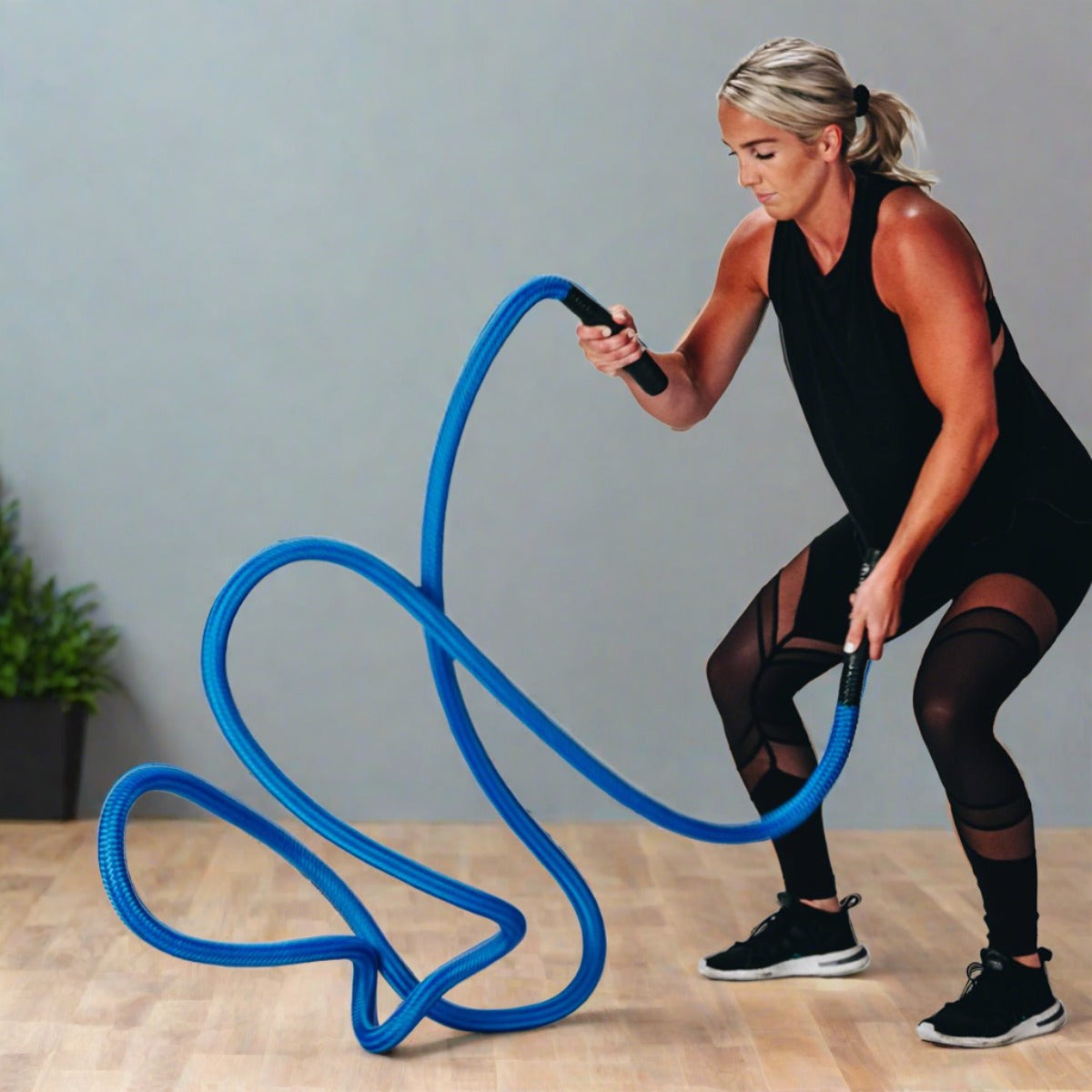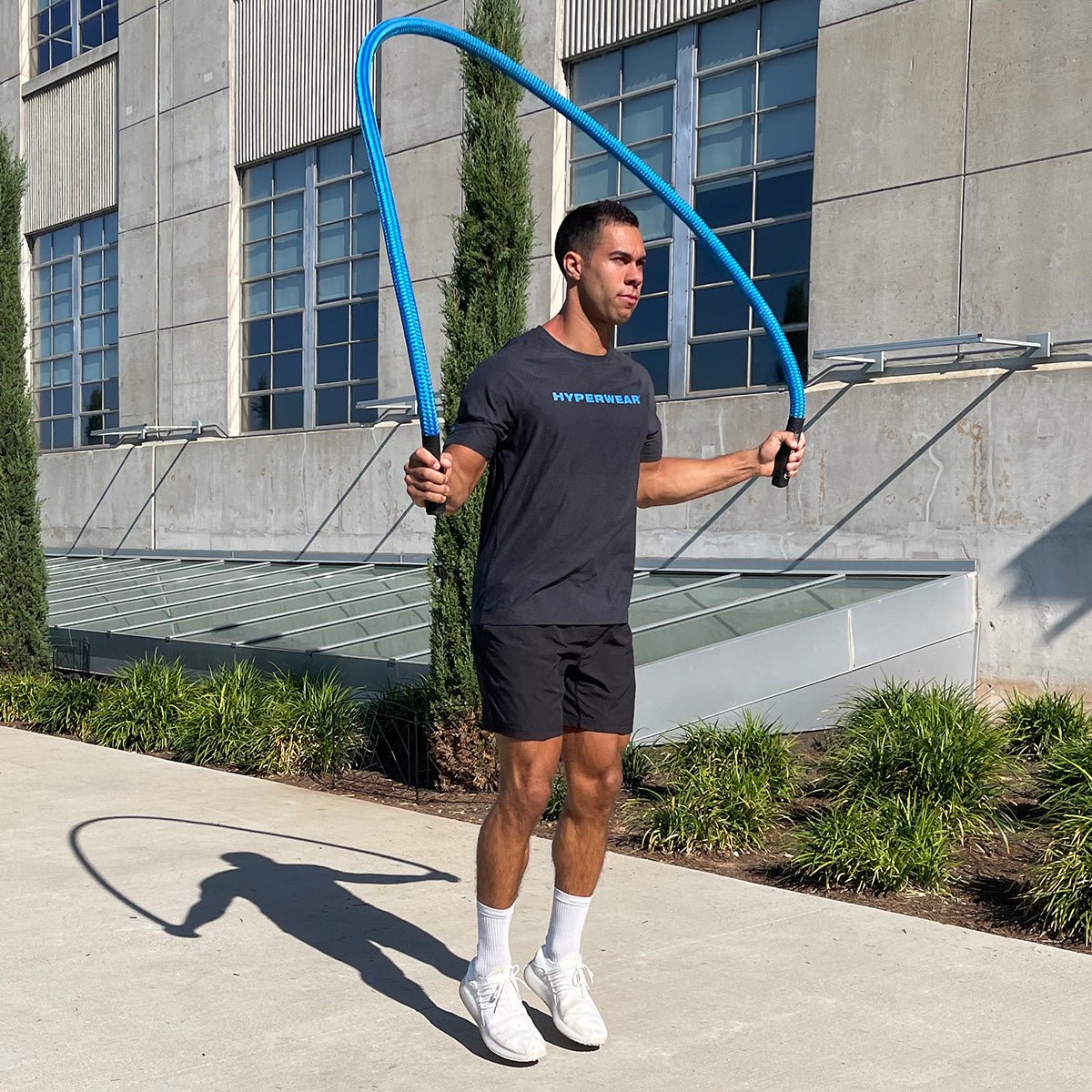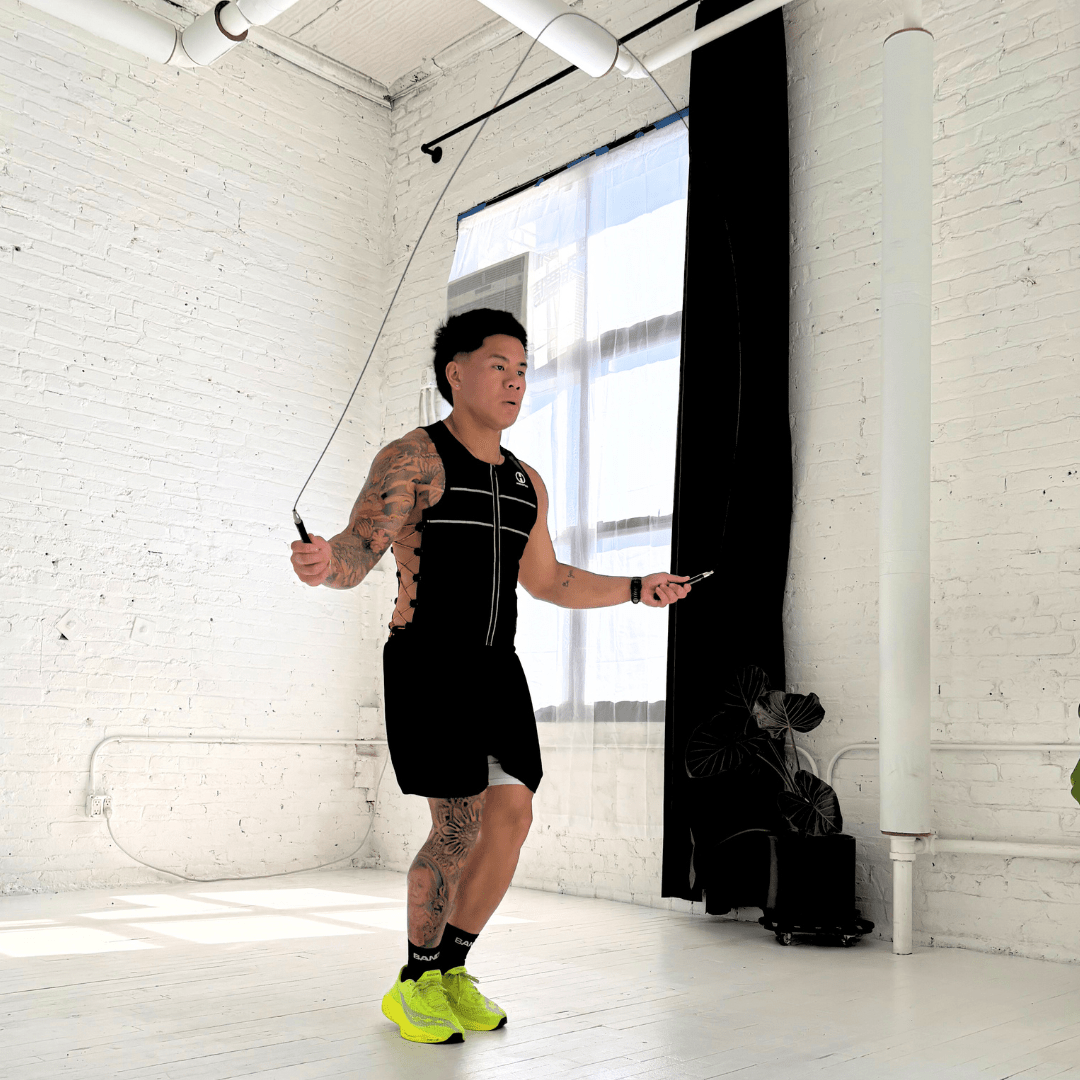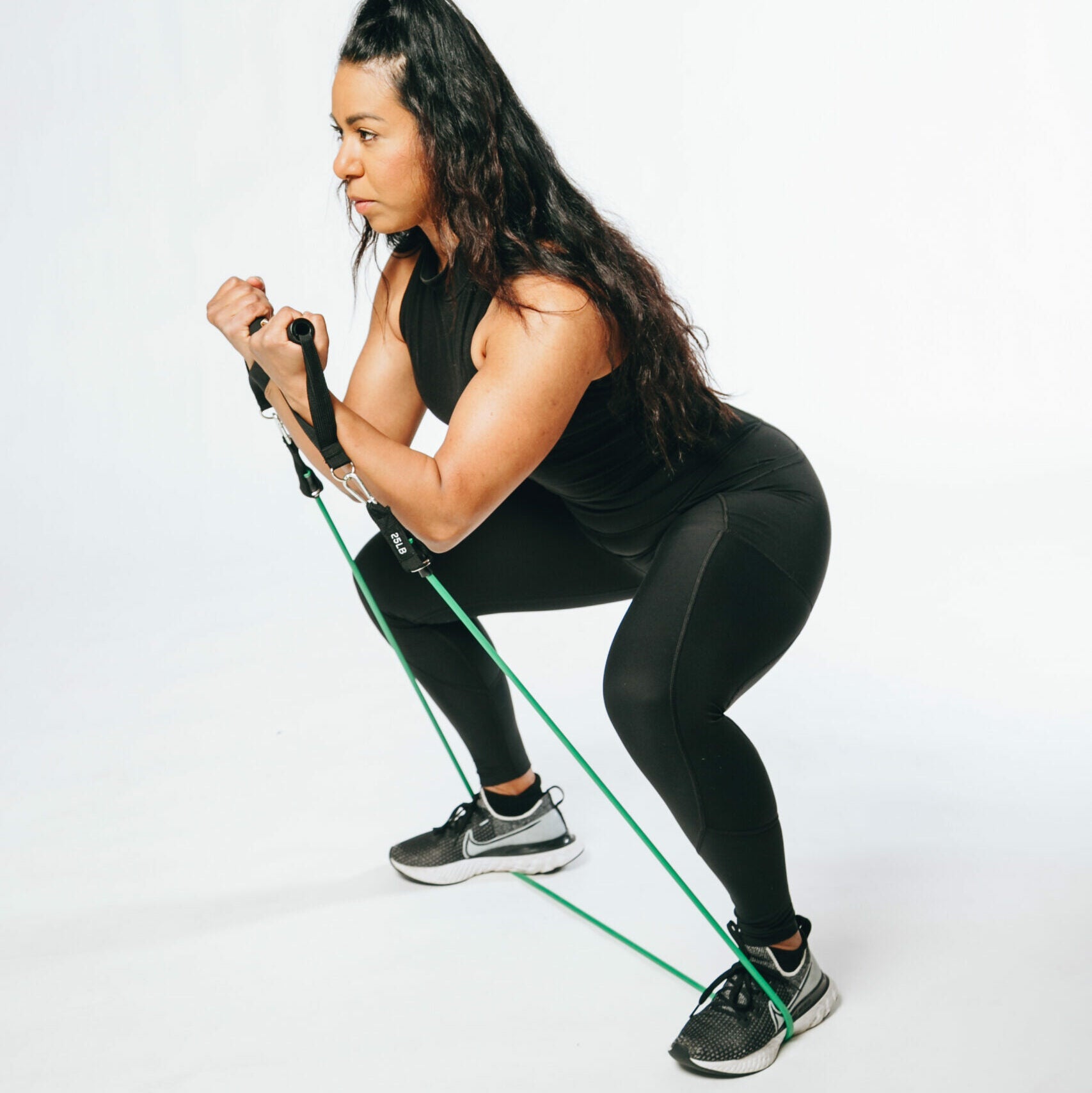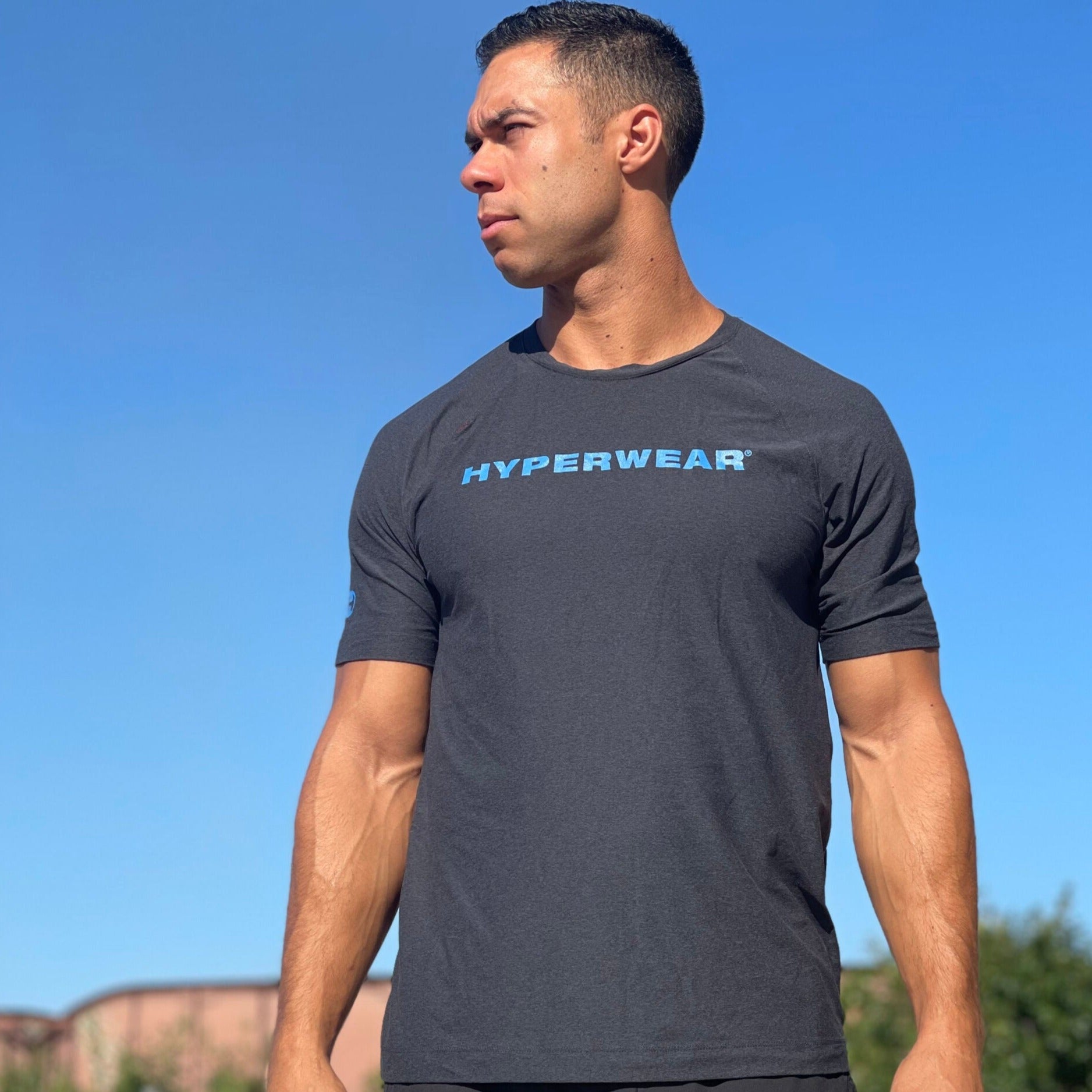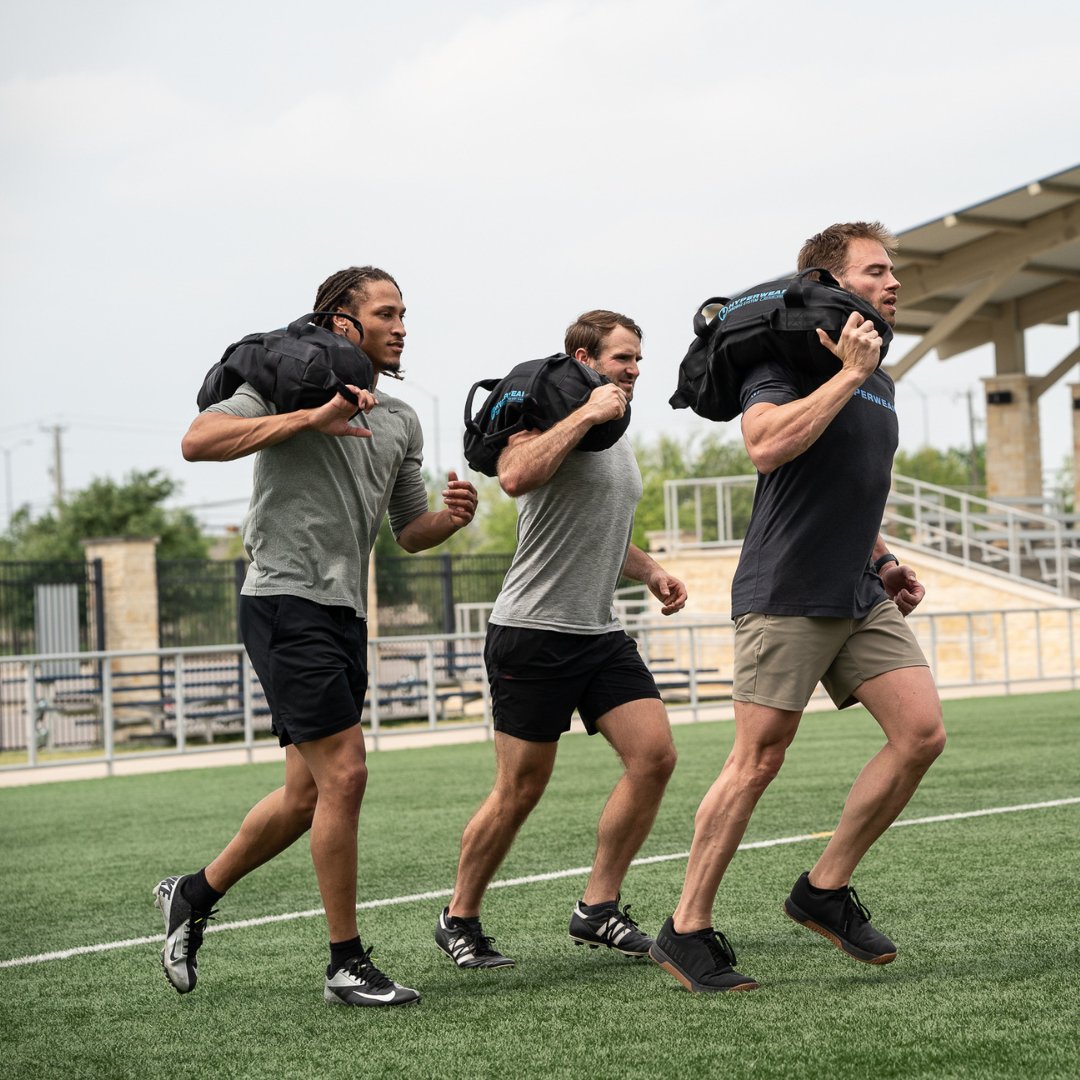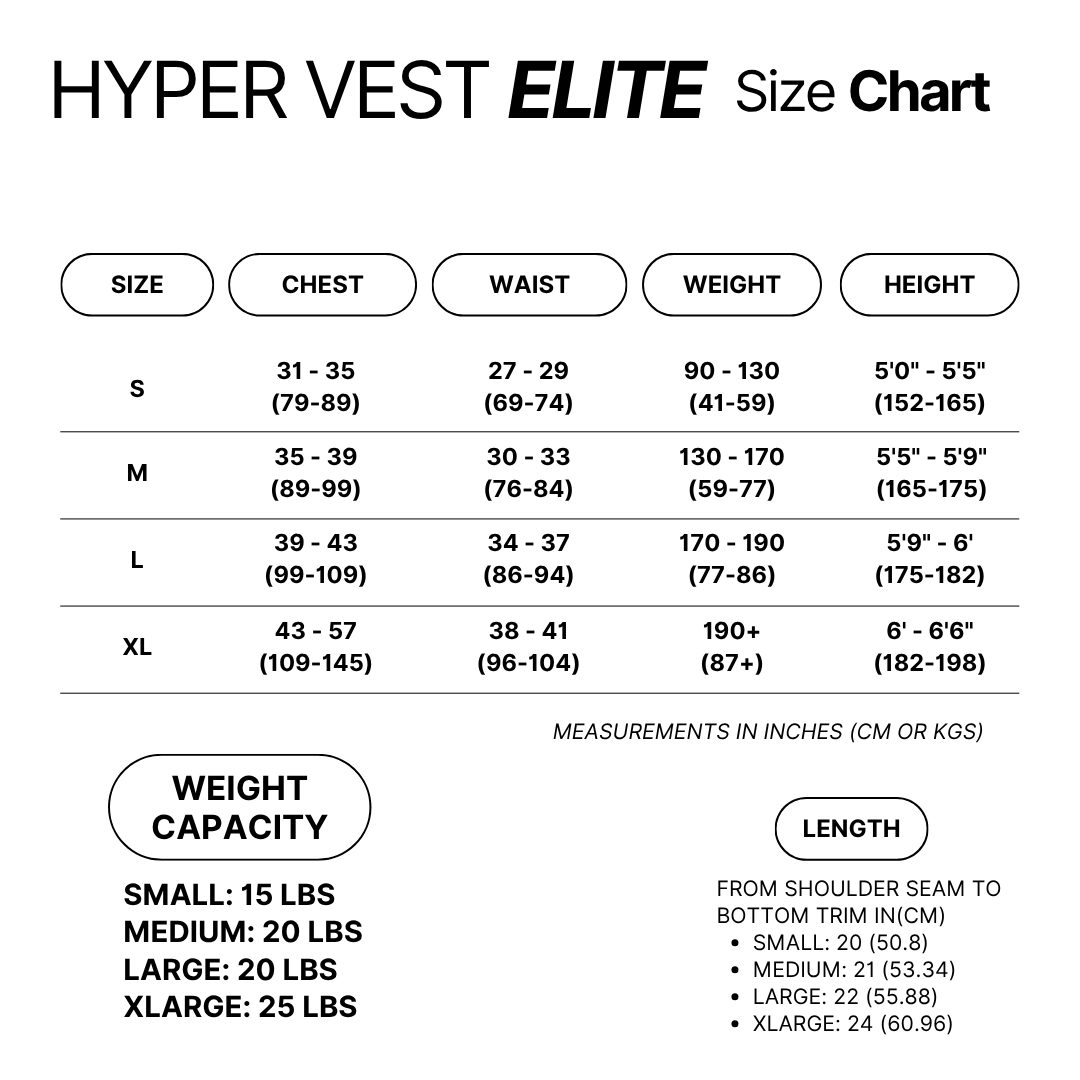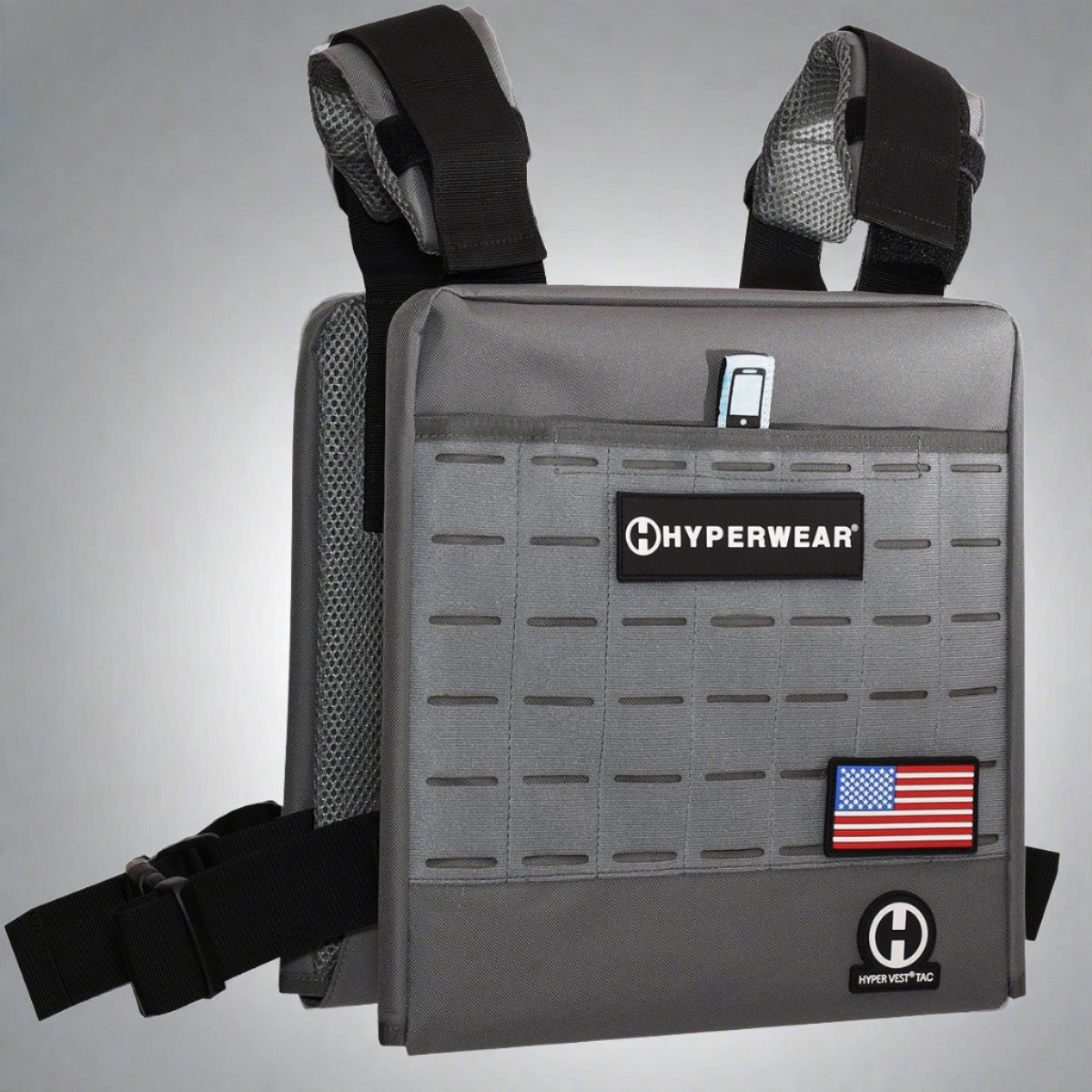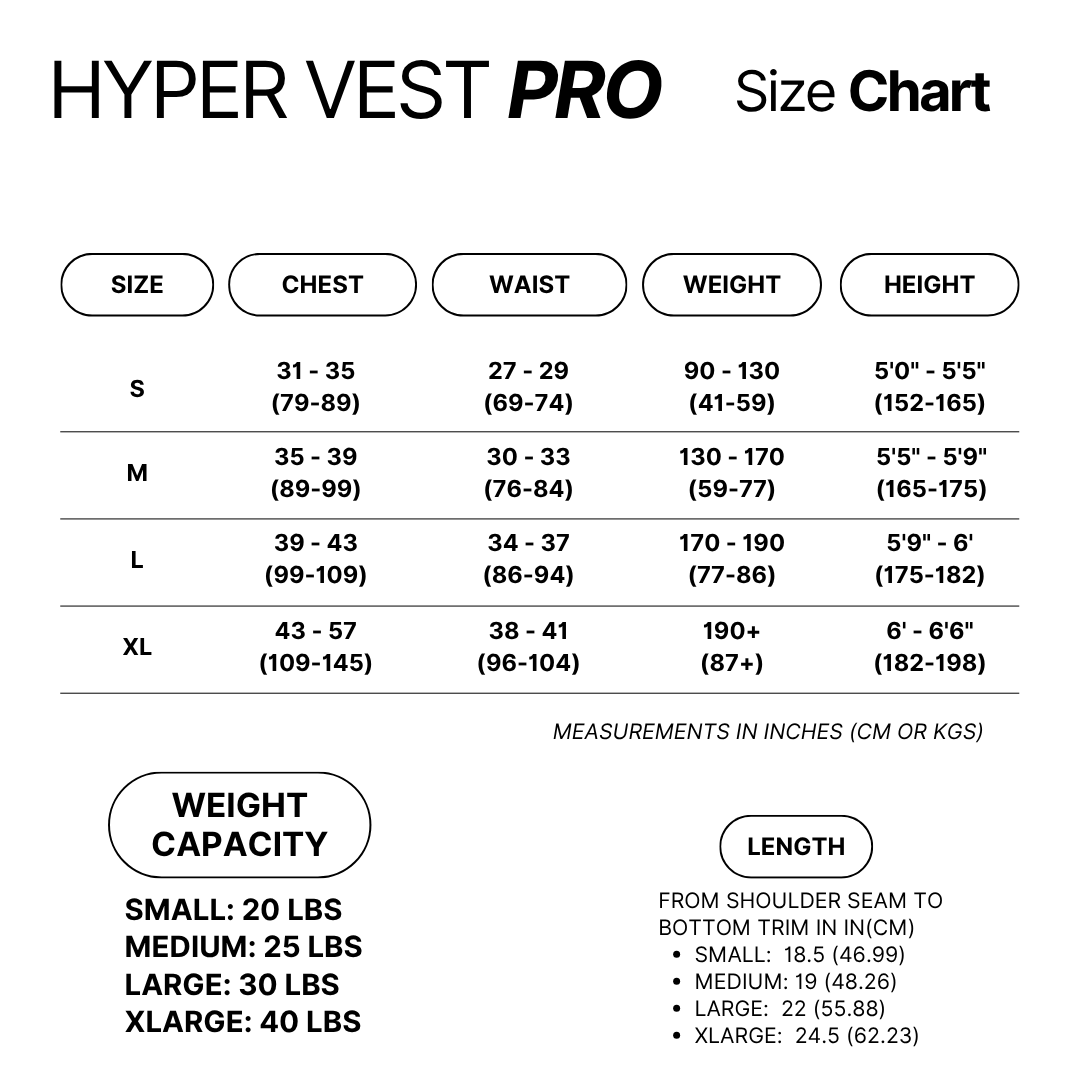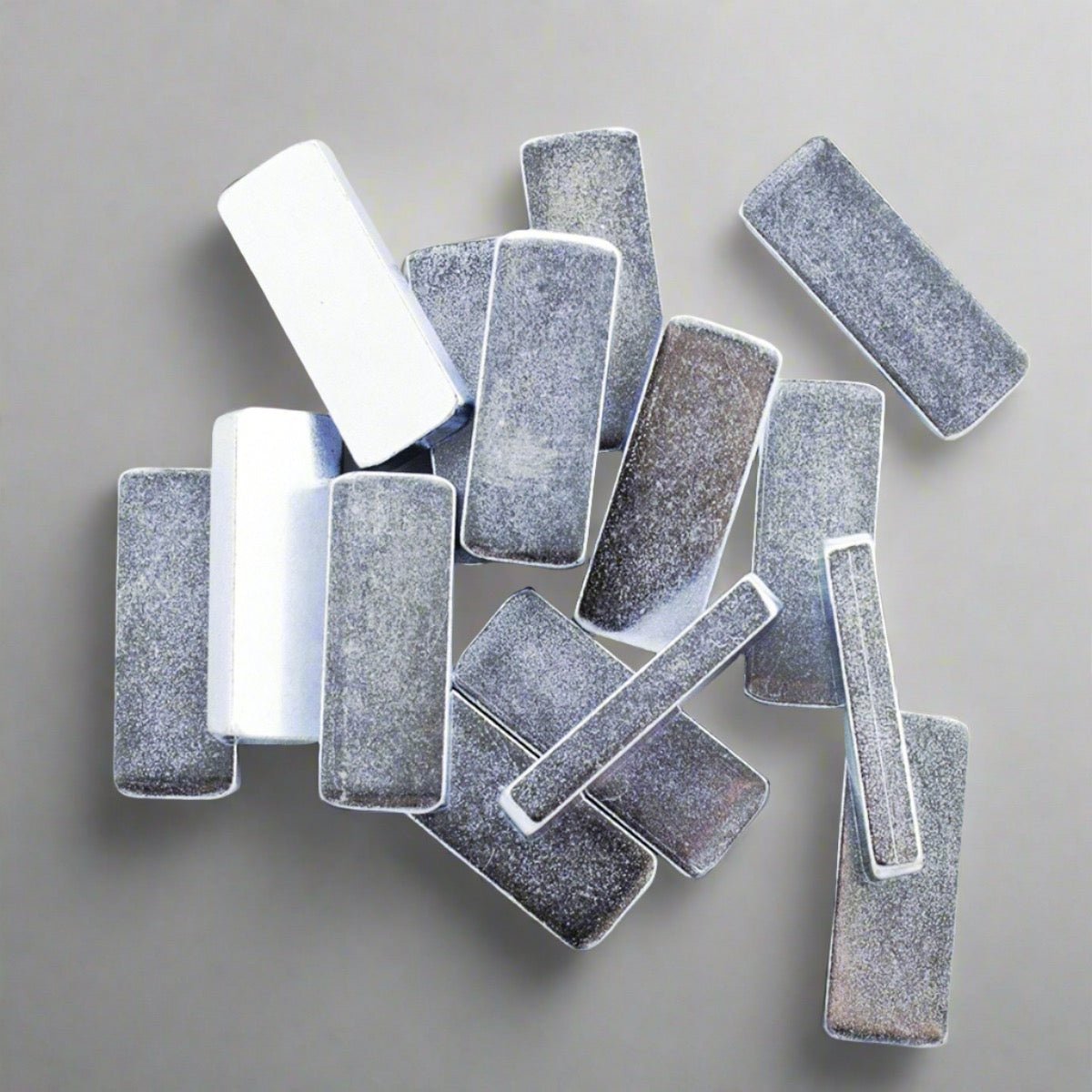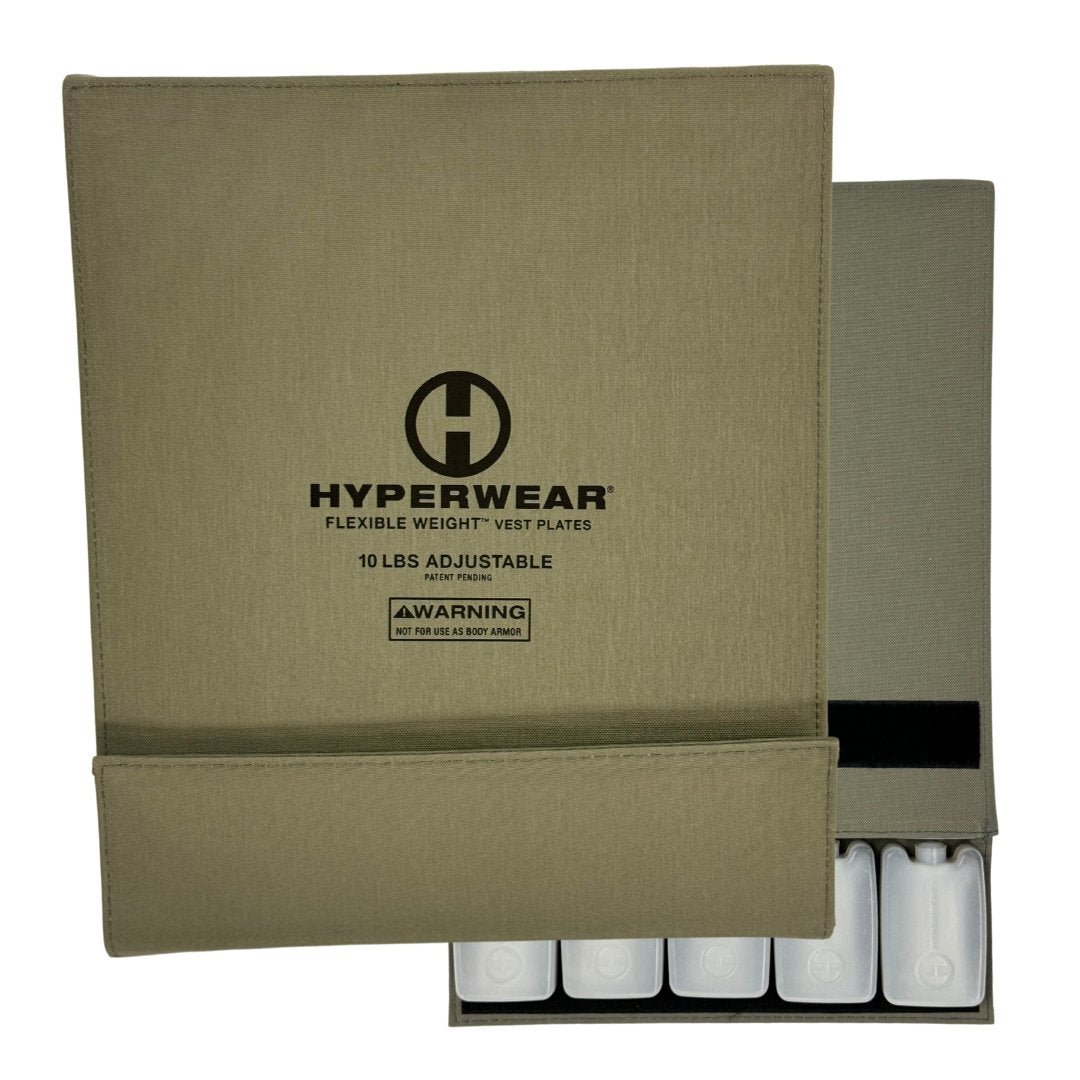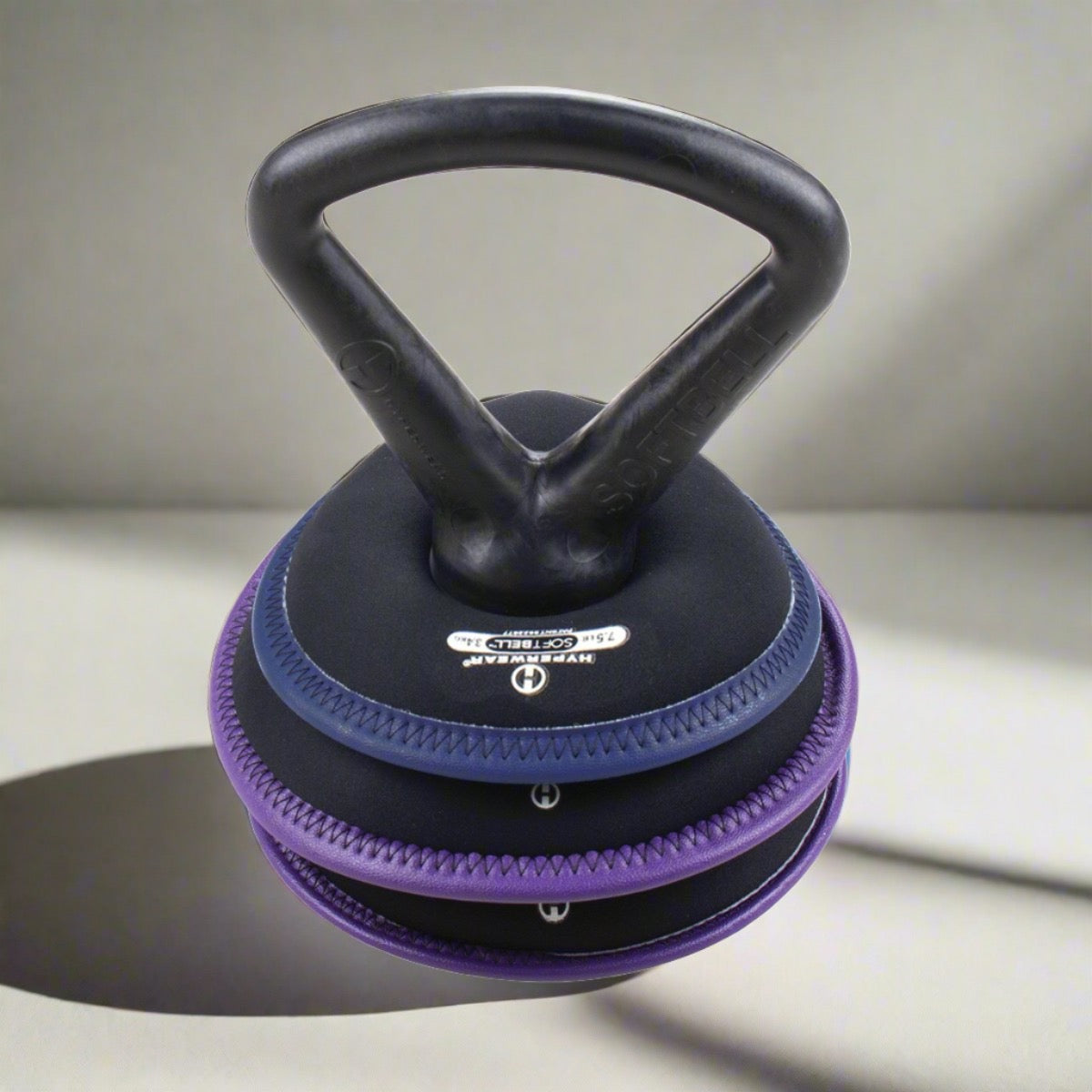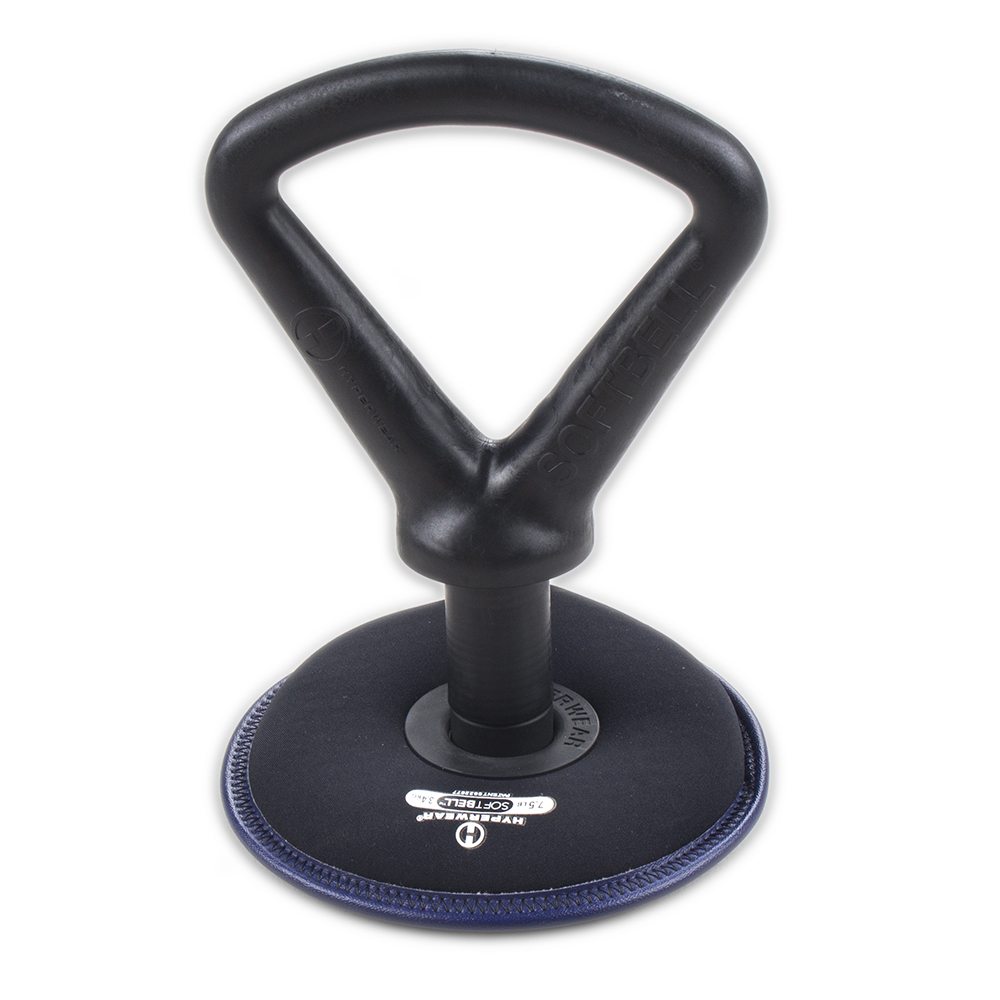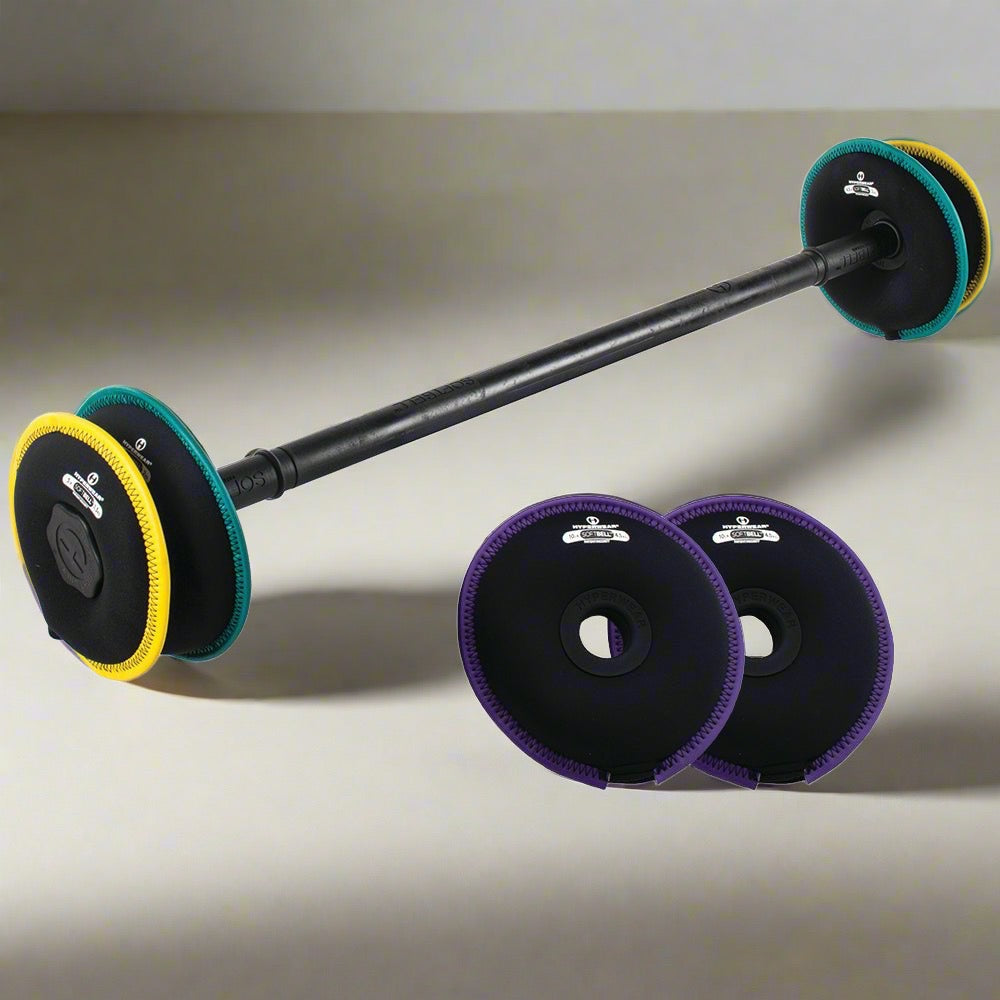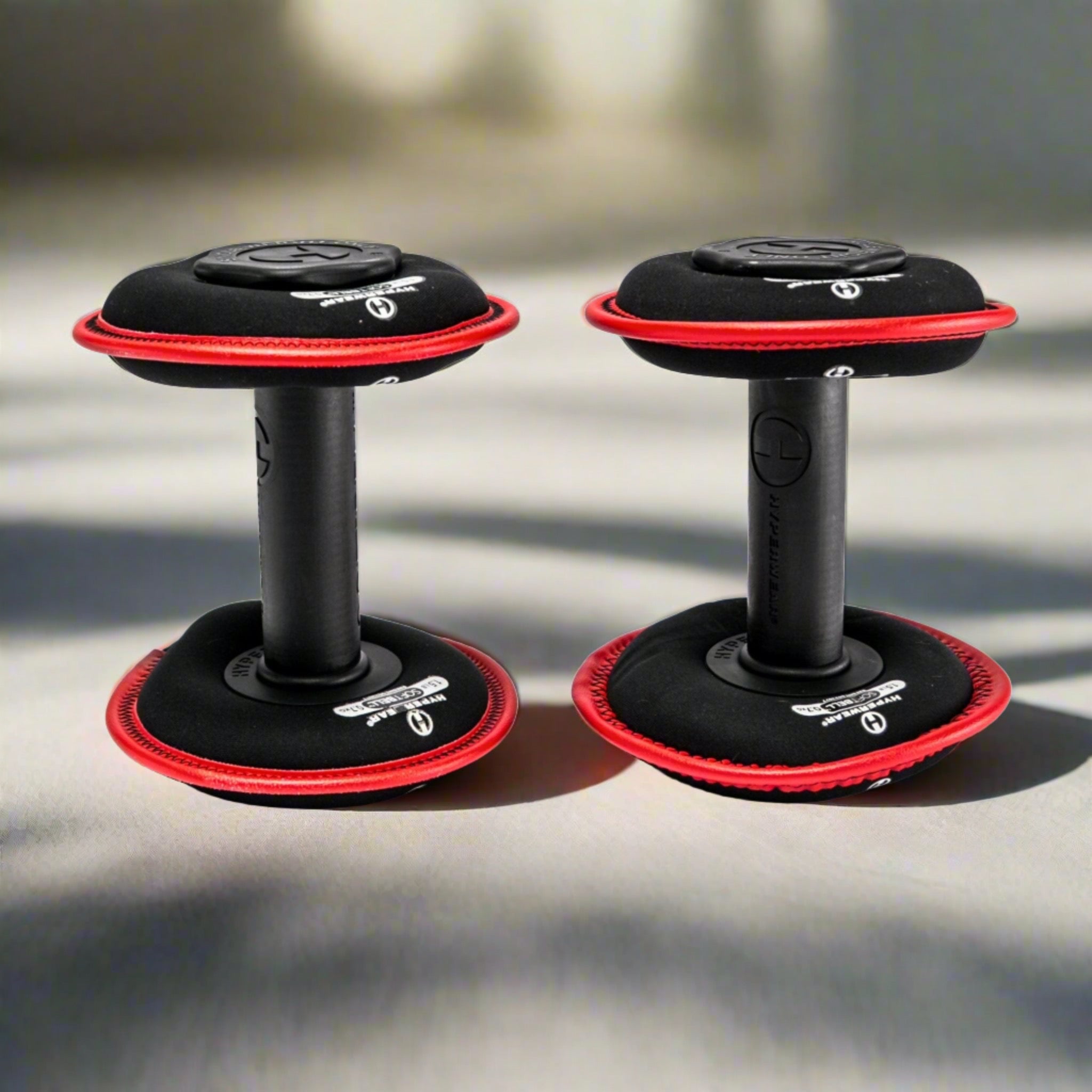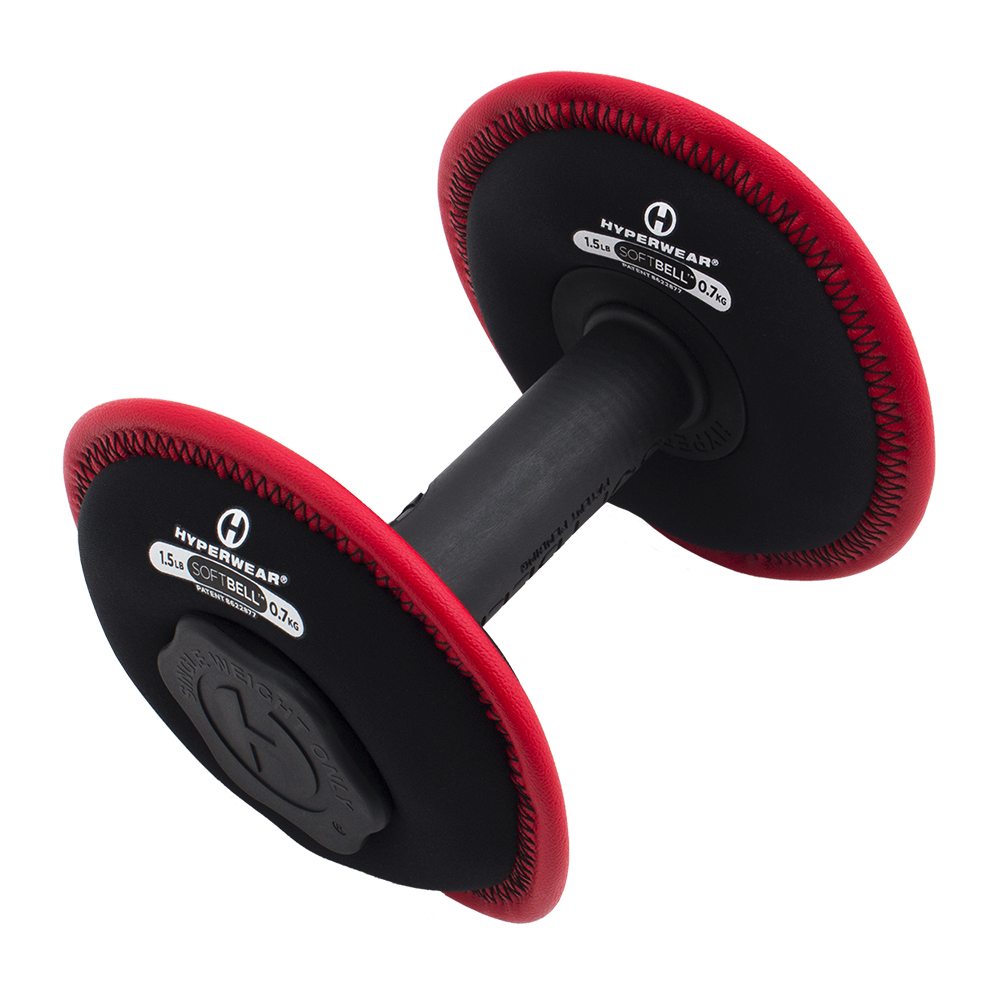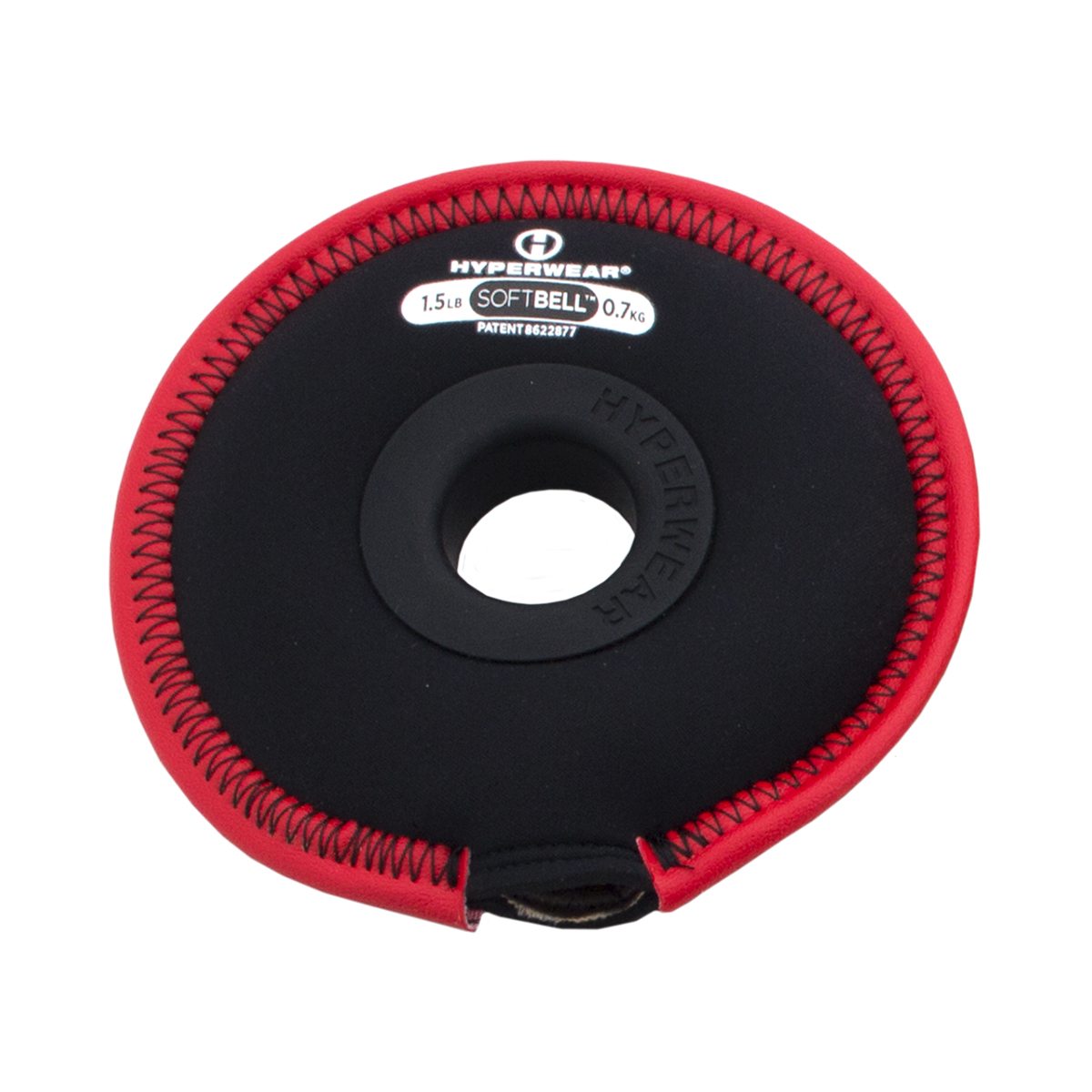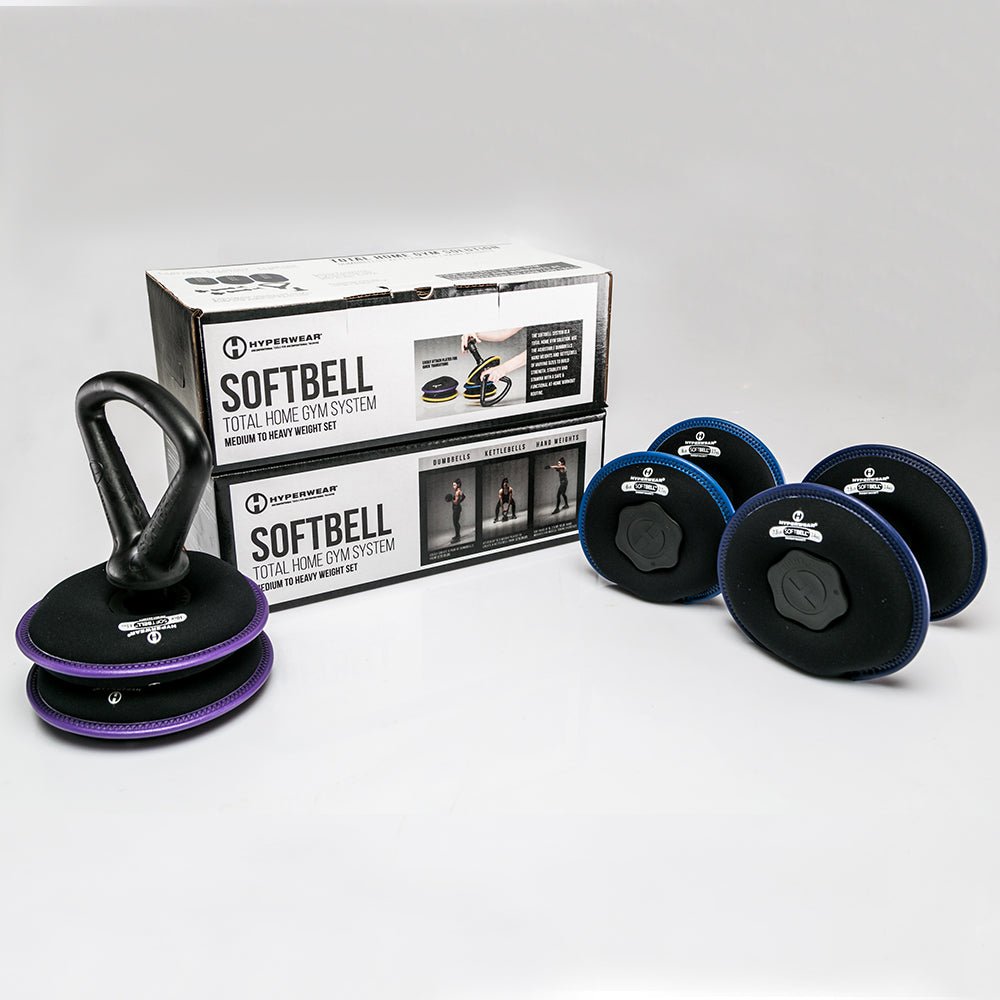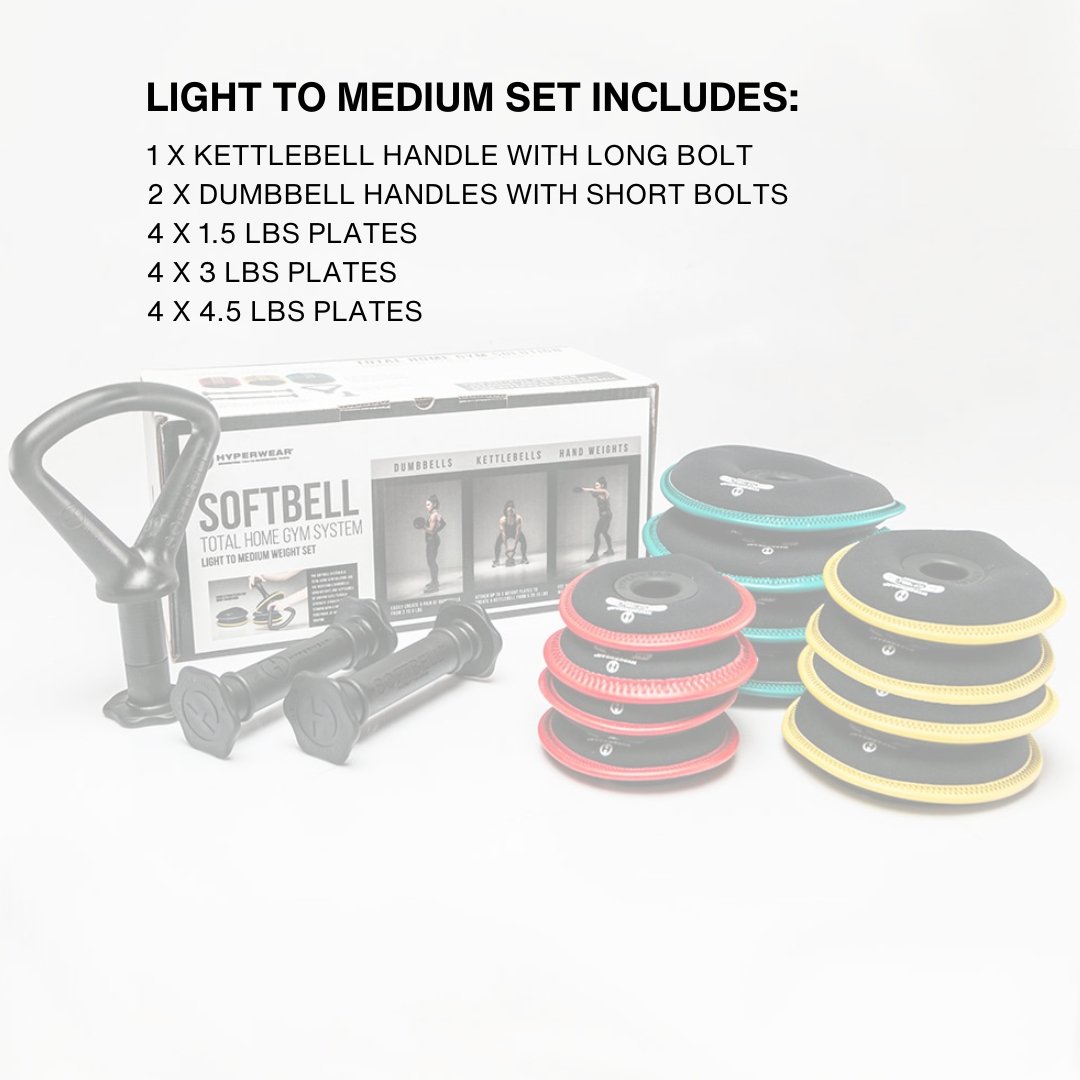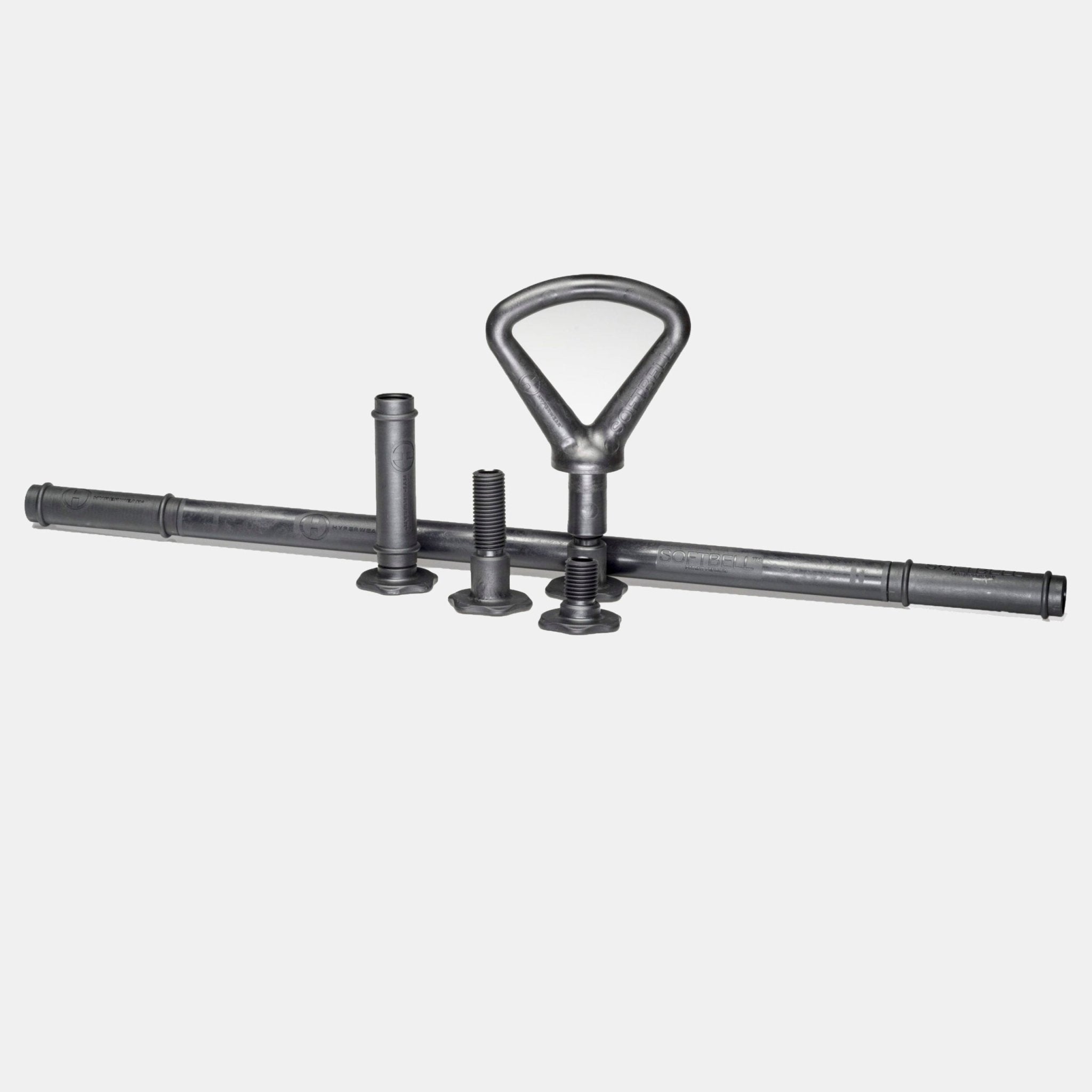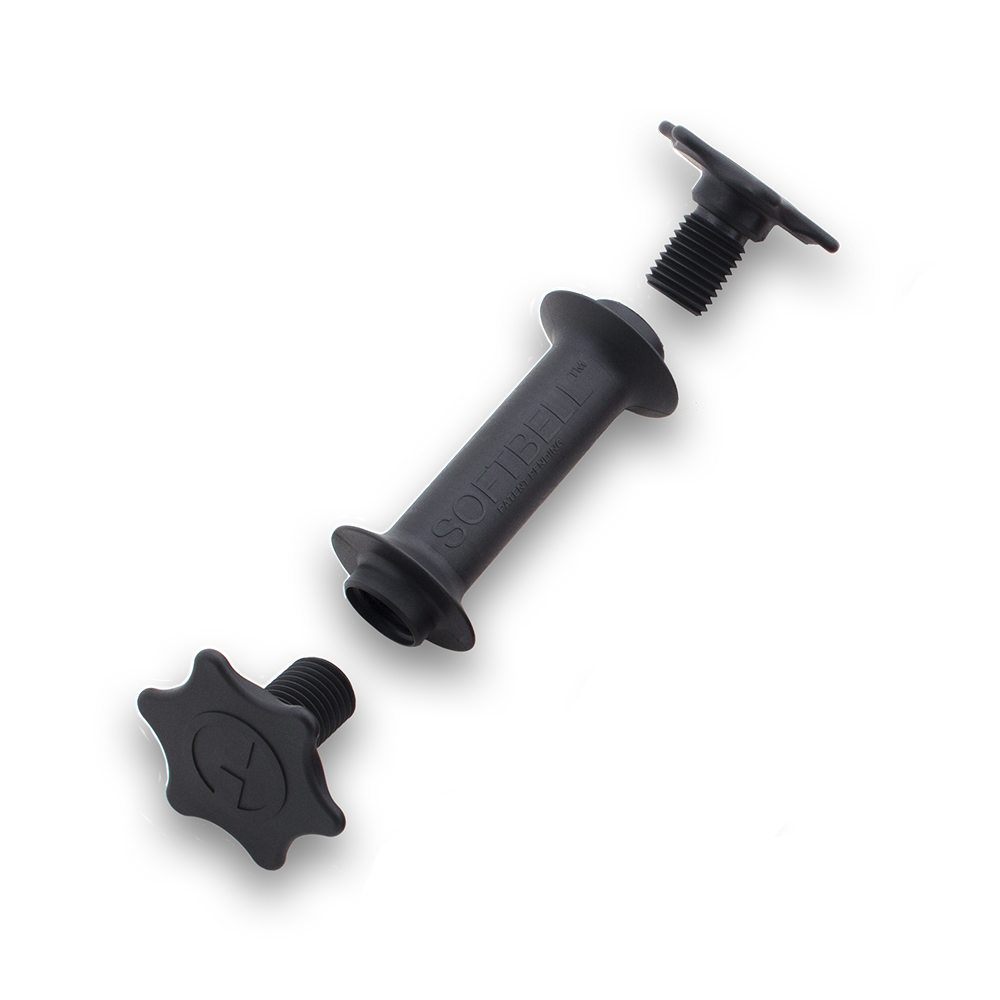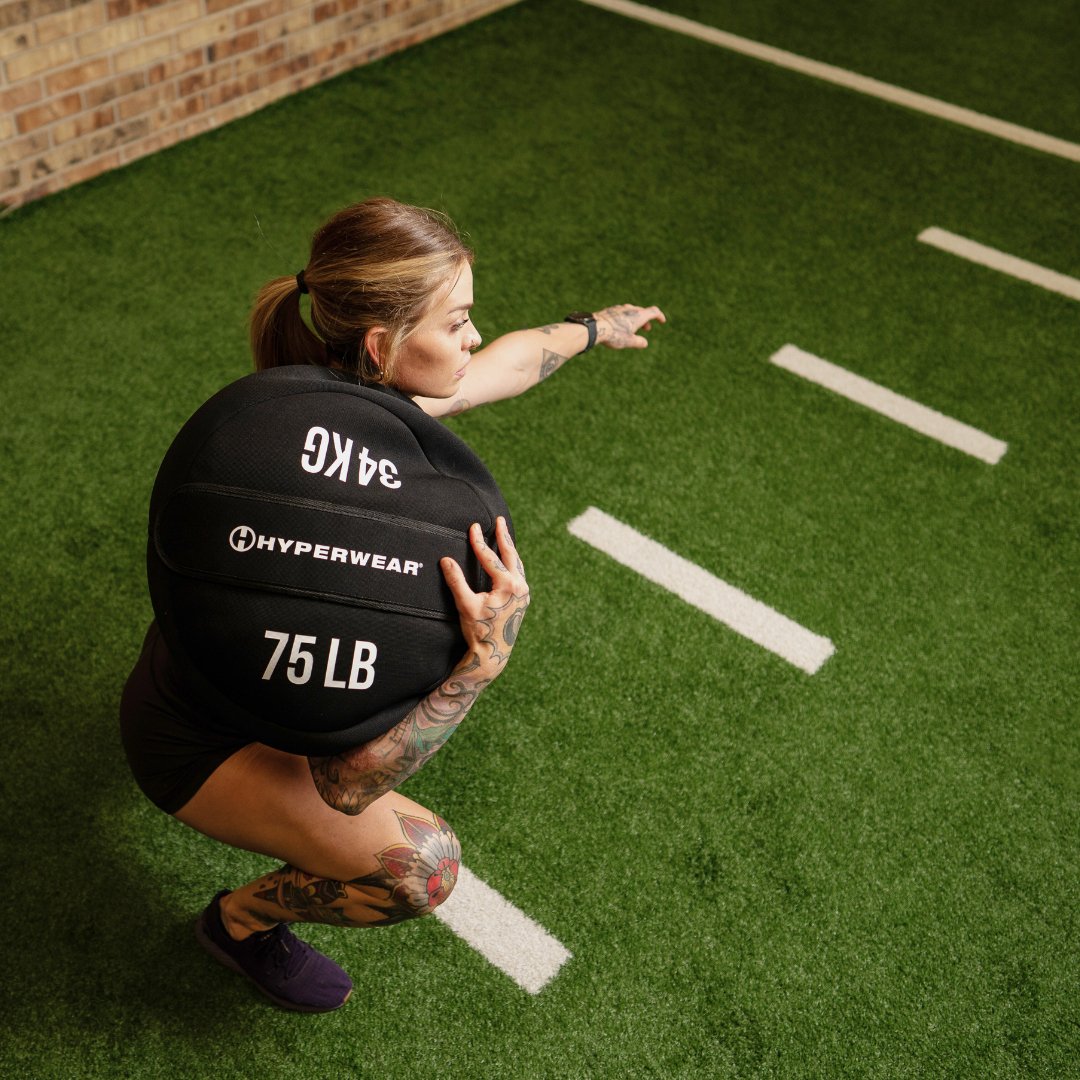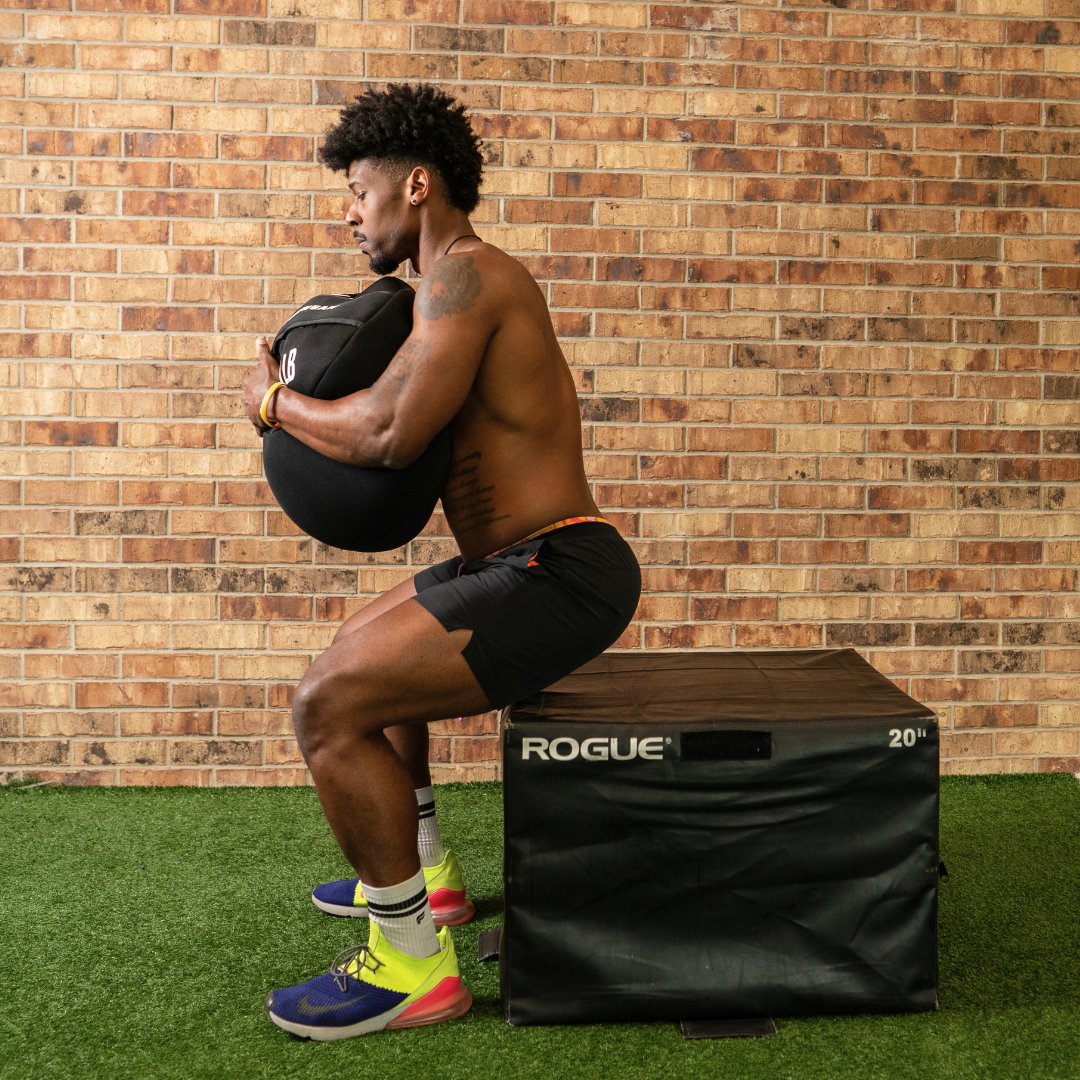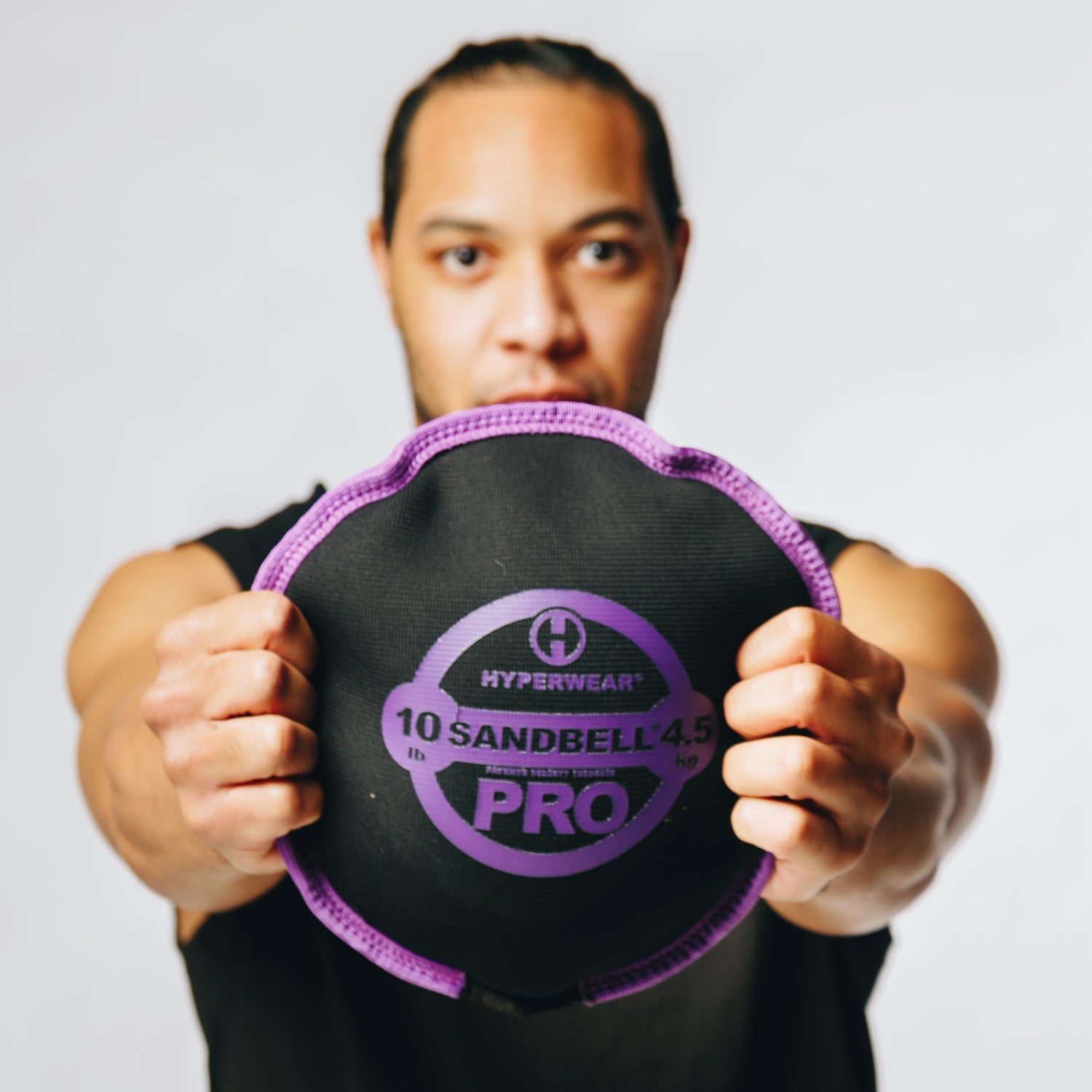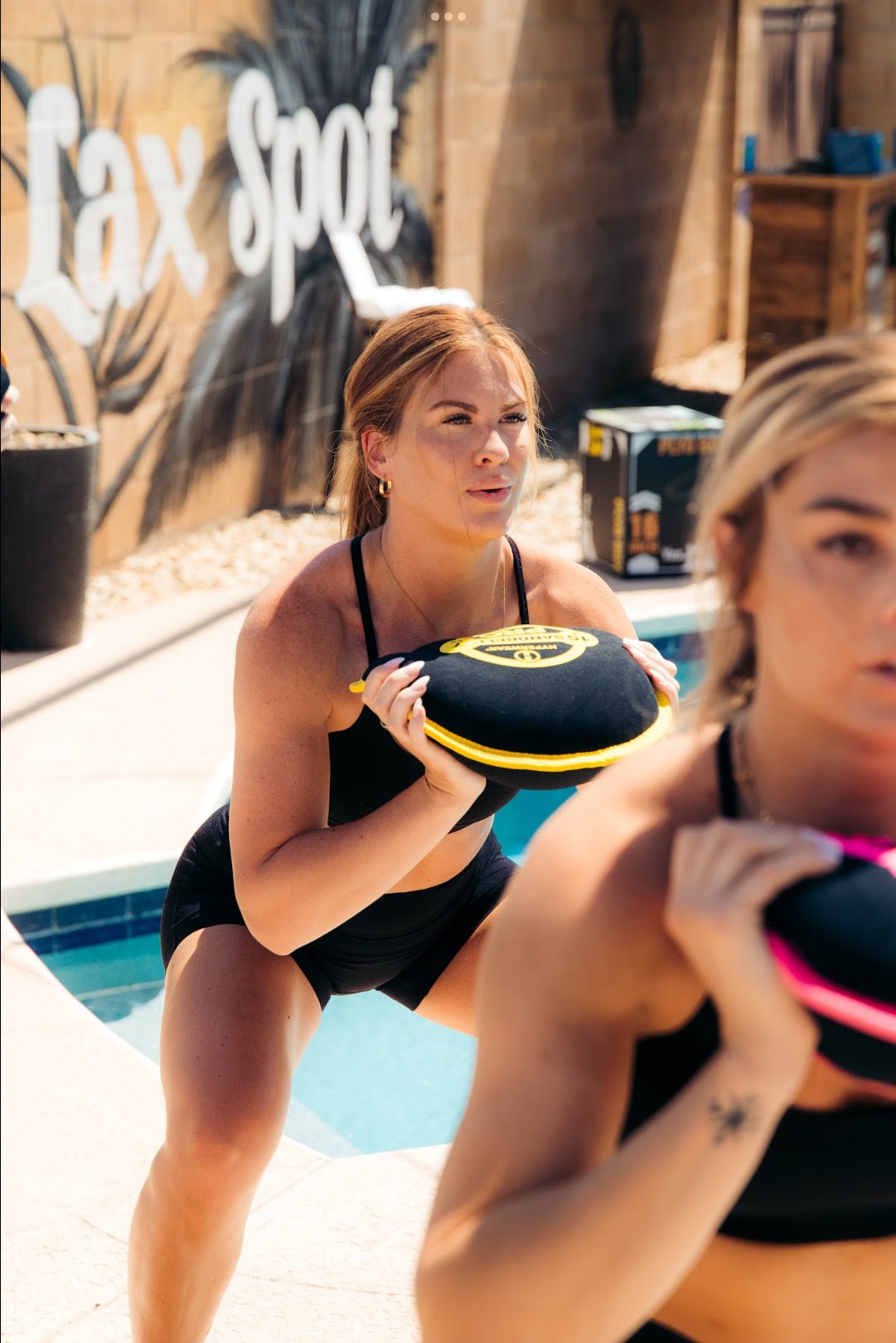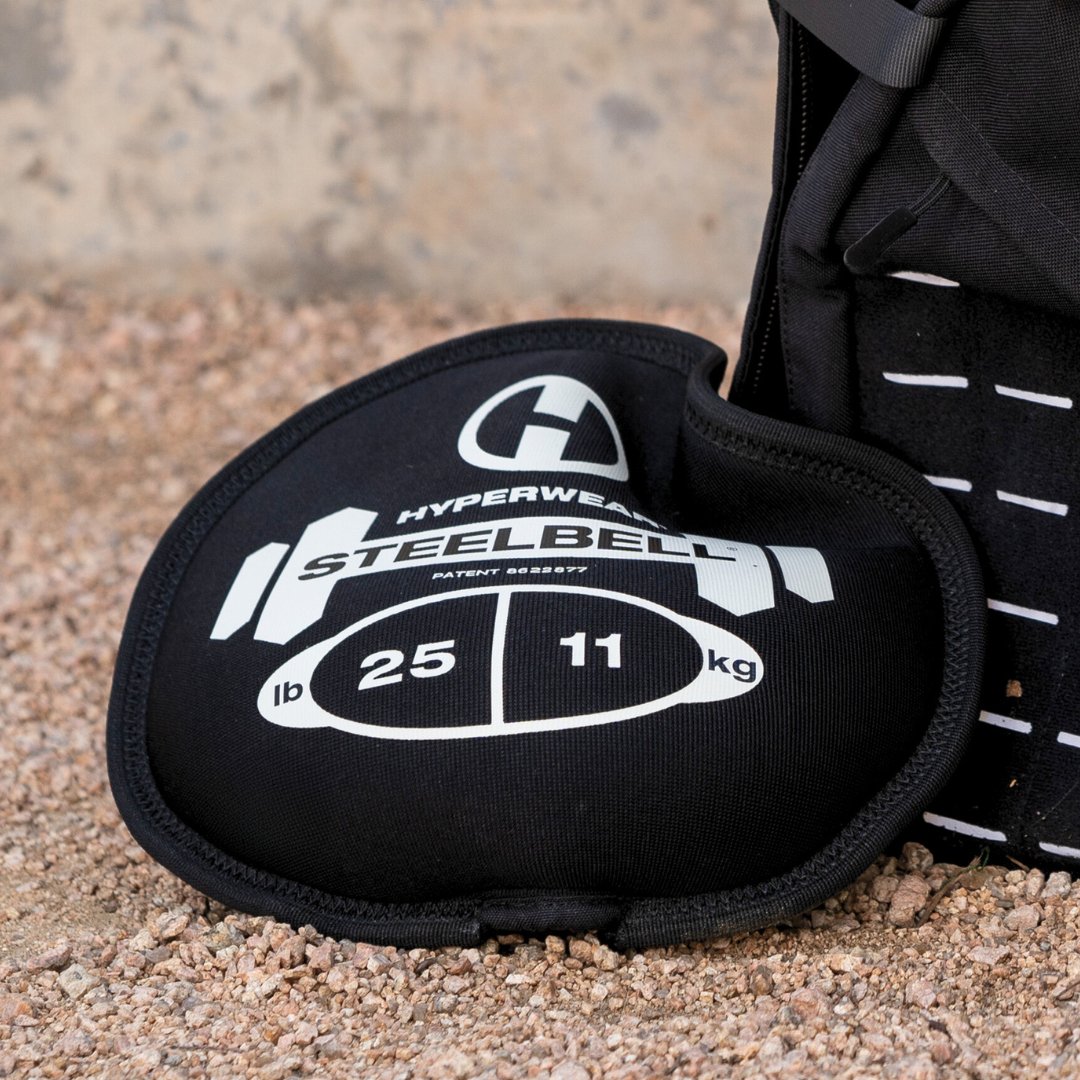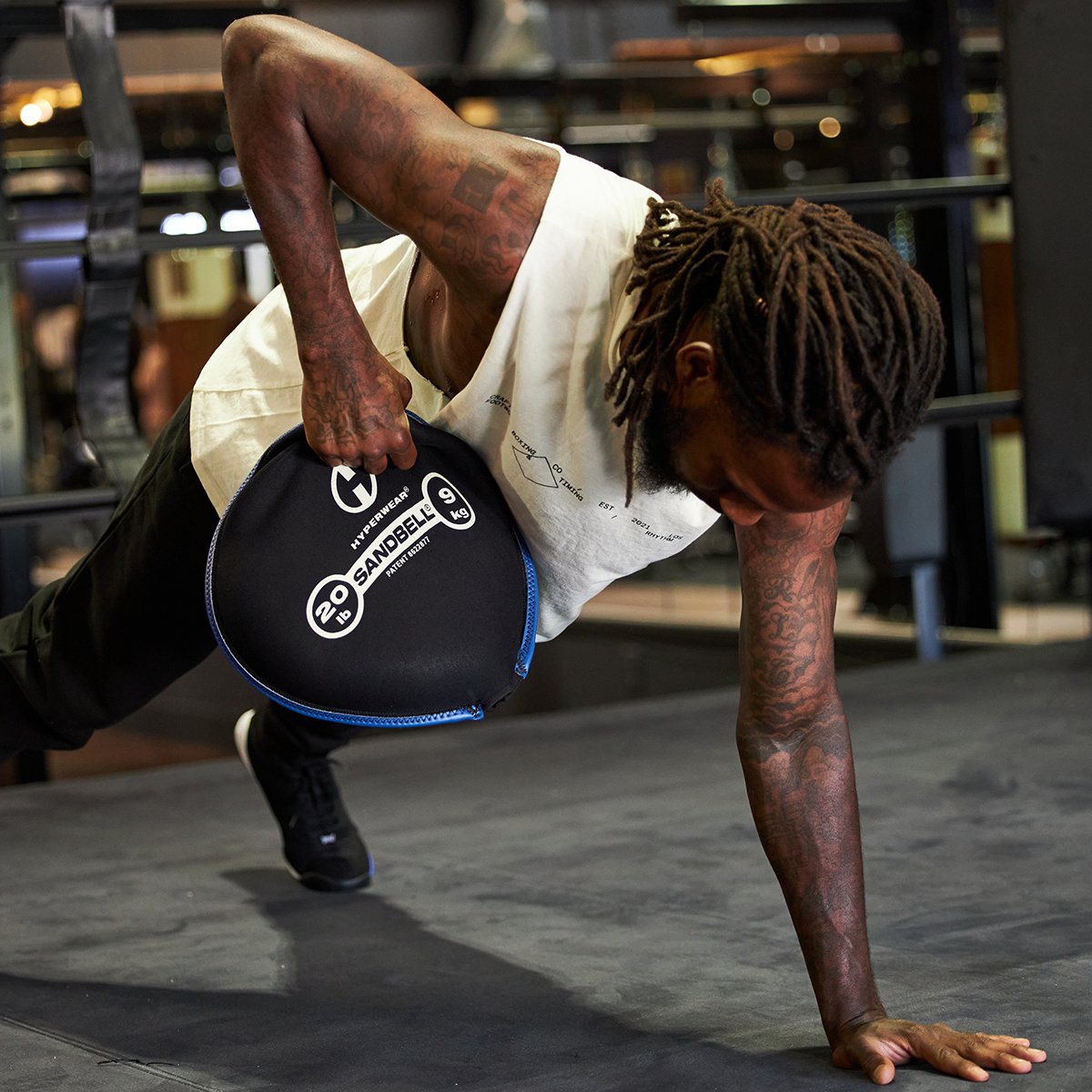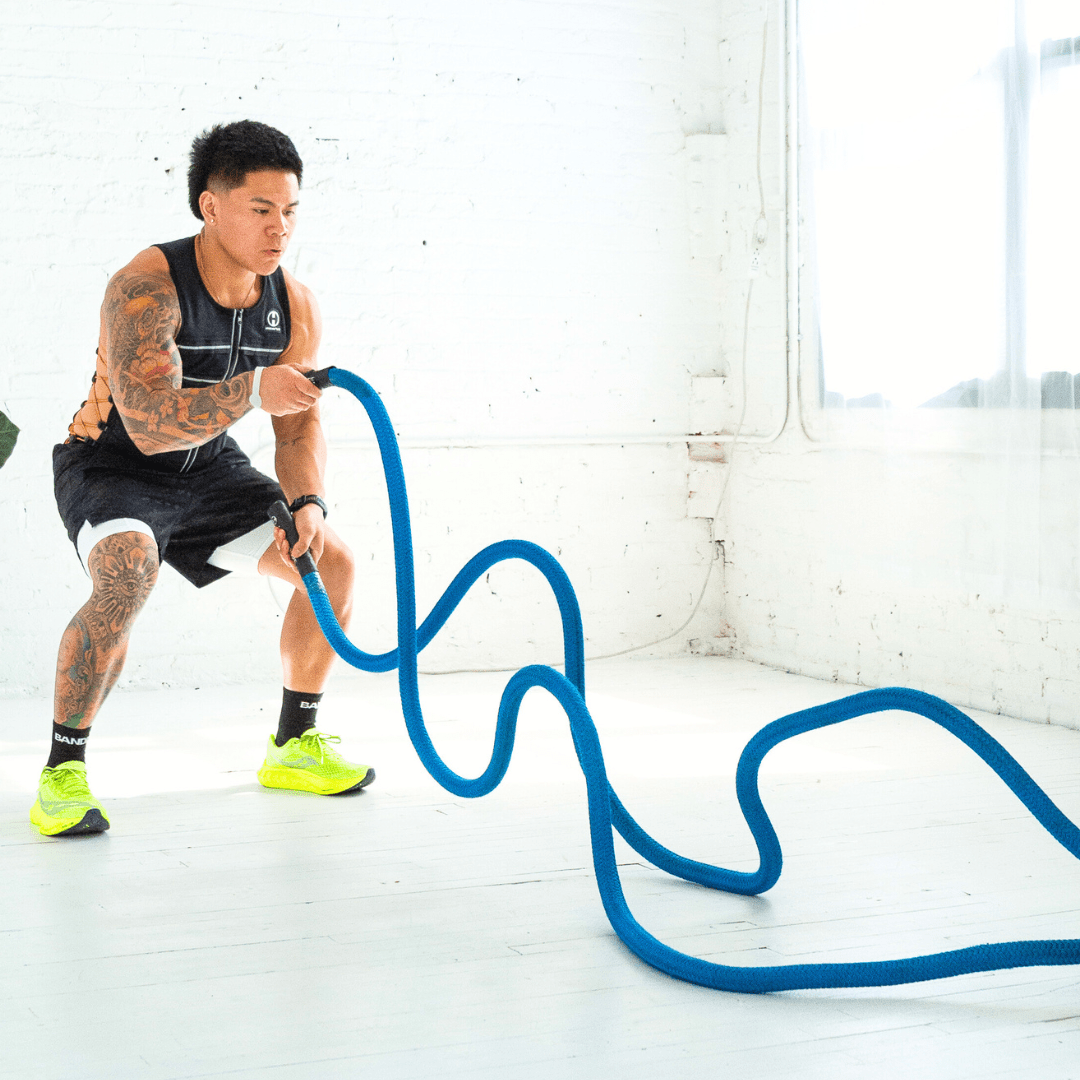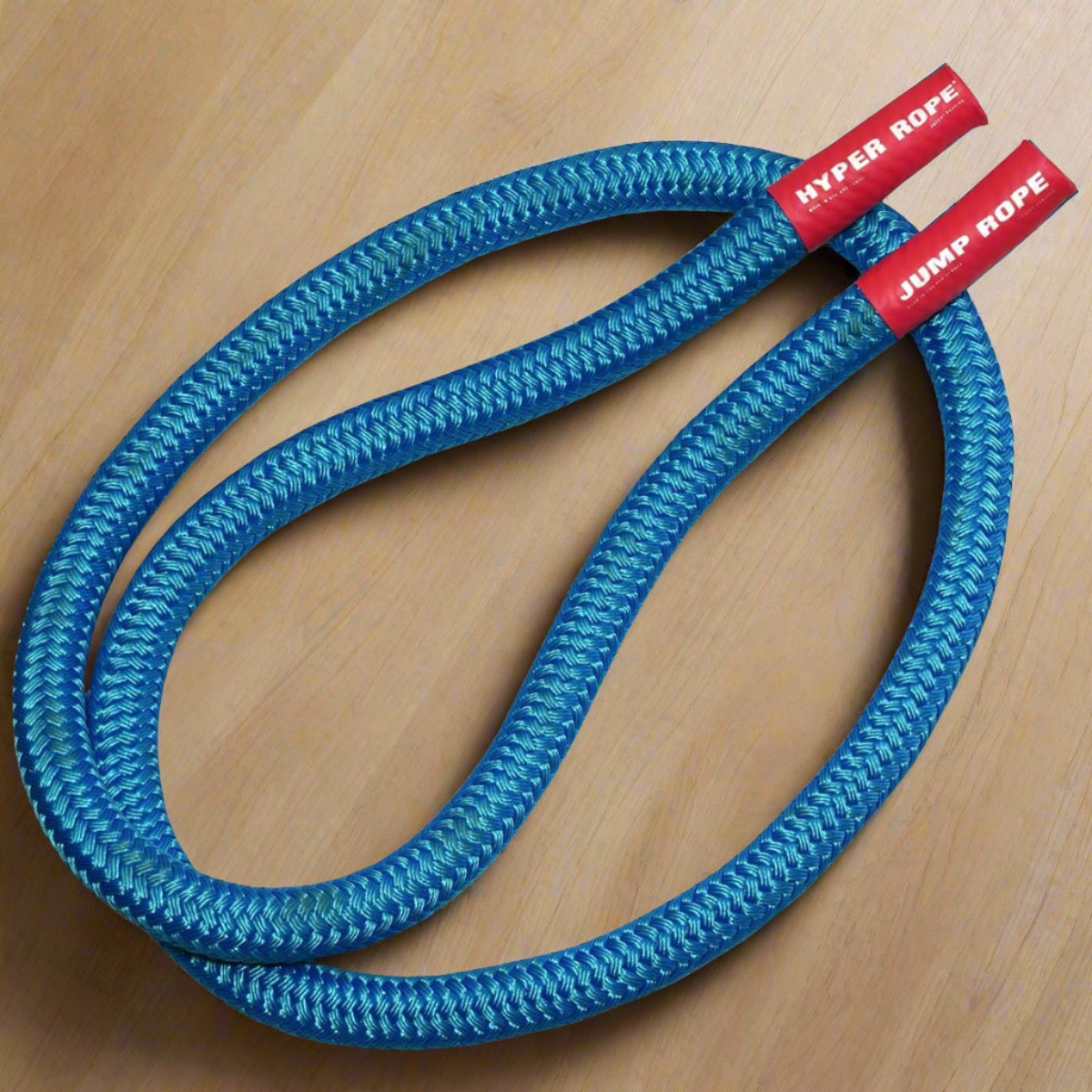How to use weighted pull ups to improve reps and endurance
How to add weights to pull ups? Adding a weight vest to your training is a good way to increase your pull-up reps and your endurance to step up your fitness and to prepare for the MURPH WOD. Weighted pull up progression training is a proven method to make gains in rep counts even if you think it is impossible to improve. It just takes dedication, a weighted pull up workout, and patience to build your strength over time.

Here is how to do weighted pull ups progression training:
Manage your volume.
The first part of how to do weighted chin ups is to build in recovery and rest. If you do pull-ups three times a week starting with three sets and building to five it is plenty. You should see significant gains with your weighted pull up progression training in a few months.
Start with body weight only.
A good rule of thumb is that you should be able to execute ten perfect dead hang pull-ups with good form before you start weighted vest pull ups progression training. If you need to you can even start with assisted pull ups using a super band to support some body weight.
Vary your grip.
Using a variety of grips will increase your overall pulling strength. A short warm-up with a normal pull-up grip is always recommended for weighted pull up progression training (without the added weight for your warm-up). But each week be sure to mix in some wide grip, chin-ups using the reverse hand grip, and mountain climber grip where palms are facing each other as if you were hanging from a rope.
Rest periods.
Give yourself a recovery period between sets, but time it and keep it to a minute and a half or less. Be disciplined and stick to your weighted pull up progression plan.
Use an adjustable weight vest for weighted pull ups.
Gains are made over time. That is why it is a progression. Be sure to use a weight vest that can start with as little as 5 lbs. It needs to be adjustable so you can gradually increase weight following a weighted vest pull ups plan. Choosing a weight vest that is easy to zip on and off for sets is also ideal.
RECOMMENDED: Mastering MURPH | Tips from CrossFit Athlete Julie Foucher

Here is a Sample Weighted Pull Ups Progression Training Plan:
Week 1:
Monday: Warm up, then 1 set max pullups with good form. Rest 5 minutes afterwards
Set 1: Max of minus 2 pullups. So, if you can do 12 pullups with perfect form, do 10.
Ex: 1 set 10 pullups, body weight.
Set 2: set #1 - 2 reps, + 5 lbs. Ex: 8 pullups with 5 lb weighted vest.
Ex: 1 set 8 pullups with 5 extra pounds.
Set 3: 5 lbs more than set 2. As many reps as you can do but with good form. This will likely be less than set 2, but it might not be. Sets 1 and 2 are warming up the muscles.
Ex: 1 set 9 pullups with 10 extra lbs.
set 4: If you got more than 6 pullups on set 3, increase weight by 5 lbs. If you did NOT, keep the same weight.
Ex: 6 pullups with 15 lbs.
Set 5: If you got more than 6 pullups on set 4, increase weight by 5 lbs. If you did NOT, keep the same weight.
Ex: 5 pullups with 15 lbs.
Wednesday: Same structure as Monday, but skip the max set. Use the number you got Monday as your max, and base your workout off of that. You may do better, you may not. Follow the rules as outlined.
Friday: Same structure as Wednesday. Again, do not perform a max set of pullups. Just warm up and start with set 1.
Week 2 and beyond: Same structure, do your max as your first set on Monday. You will notice a fairly steady increase in your maximum number of pullups for a while, at least up into the high teens to mid twenties.
Keep it up and you will see results in your fitness and be ready for MURPH.
WHAT IF I FEEL ELBOW PAIN FROM PULL UPS?
Pull ups and elbow pain can commonly occur among CrossFit® athletes and those that follow intense training regimens that include multiple pulling and gripping movements, performed repeatedly. Tennis elbow, golfer’s elbow or lifting elbow can result. To fix tennis elbow continue reading.
Clearly not limited to tennis players, tennis elbow (or lateral epicondylitis) is caused by overuse of the arms, forearms and hands, which can cause wear and tear in the forearm muscle and tendon where it attaches to the elbow. Repetitive motions eventually can lead to microscopic tears in the tendon, resulting initially in inflammation, and gradually degeneration of the connective tissue.
Pull up elbow pain symptoms start as mild discomfort and progress to more intense pain during movement or at rest. Sufferers also may experience tenderness and stiffness at the elbow, along with decreased grip strength, which makes it difficult to perform pull ups.
To address pull ups and tennis or golfer’s elbow pain, skip this exercise temporarily, or reduce the number of reps, while changing to a parallel grip and decreasing the load of the weighted vest.
Treatments include:
- Braces, compression sleeves or cryosleeves
- Acupuncture, TENS or ultrasound
- Physical therapy
- Fiix Elbow Device and Program
One of the most effective ways to fix elbow pain at home is the new Fiix Elbow Device and Program, which automates a physical therapy treatment called IASTM to stimulate collagen production to repair the forearm.
It just takes just minutes per day at home – much more convenient than going to a physical therapy office. In a Fiix Elbow patient trial, 96 percent of participants experienced reduced pain, with an 85 percent increase in grip strength and a 76 percent improvement in functional activities.
Recommended: Tips for Surviving Murph

